Internationally acclaimed chef, bestselling author, beloved TV personality, retail superstar— there isn’t much Emeril Lagasse hasn’t done in the culinary world. So it might surprise you to know that among his 12 award-winning restaurants there has never been an Italian one. Until now. This June, Lagasse opens Emeril’s Italian Table at a casino near you—the Sands Casino Resort Bethlehem to be specific, just over an hour away, a straight shot out Rte. 78. It will be his third eatery at the Sands, joining Emeril’s Chop House and Burgers and More (aka BAM). Emeril’s Italian Table features the chef’s creative takes on the rustic Italian cuisine he grew up on, as well as classic meat, fish and vegetarian dishes, wood-oven pizzas and artisanal cheeses. Diners will get to experience the cooking process up close thanks to a large window into the kitchen. EDGE editor Mark Stewart tracked down Lagasse as he put the finishing touches on his latest creation.
EDGE: Everything you do is accompanied with such high expectations now—do you experience more pressure or anxiety when you are creating a restaurant concept, or after the restaurant opens?
EL: Opening a restaurant is tough but I love it. With Emeril’s Italian Table the feeling is definitely excitement. I’ve got a great team that has been part of my organization since the very beginning. We all work hard and put a lot of energy into the planning and the menu, crafting the right look and feel of the restaurant. Our style of service and hospitality originates from my restaurants in New Orleans and is a huge part of our culture and the Emeril’s experience. In the end, we’re in the business of making people happy.
EDGE: What signature touches will veteran diners recognize at your new place in the Sands?
EL: When I opened my first restaurant, Emeril’s, in New Orleans, we really wanted to take down the wall between the kitchen and the dining room. If you visit today, there’s really no barrier between the kitchen and dining room—you can see us at work and we can see who’s dining, and make sure everything is going smoothly out in the front of the house. Emeril’s Table will include an antipasto bar and a food bar so you get that same experience and interaction up close. The food bar is still one of the hottest seats in the house.
EDGE: You opened Emeril’s Chop House at the Sands a couple of years back, and people swear by it. What goes into making a first-rate chop house—from the menu to service to the atmosphere?

EL: This is our only Chop House, so the concept here is a steakhouse with a little twist on the usual standards – chops, steaks, free-range chicken, seasonal fish, lobster and there’s also some Creole-inspired dishes. We wanted to keep a little sensibility of an American steakhouse, except more open and modern. It’s a really inviting and comfortable atmosphere with great food and great service. Each one of my restaurants has its own personality. My belief is that a restaurant must have heart, soul, and always provide a great customer experience. Great food, great wines, and great service—that’s our philosophy regardless of location.
EDGE: In the pantheon of “celebrity chefs” I think of you as approaching things with a rock-star attitude. Does that come from the days when you were considering a career in music? Are you kind of living both lives at the same time?
EL: Well, I grew up doing both and I still love both. Music was and still is another big passion for me. I was in a local band and played the drums in high school. I was even offered a scholarship to music school, but I decided instead to enroll in culinary school at Johnson & Wales University. I have been fortunate enough to overlap the two along the road.
EDGE: When was that moment when you said to yourself Hey, I’m REALLY good at what I do!
EL: I was probably 8 or 9 years old when I realized that I might want to cook and be a chef one day.
EDGE: You are a proponent of eating local produce, and obviously New Jersey has a lot to offer in that respect. What do you feel is the #1 most misunderstood or underrated vegetable?
EL: Kale. I love cooking with fresh greens, lettuces and kale—whether it’s in a soup or sautéed and served with pasta and clams. Our menus generally rotate about three or four times a year. As we transition into summer we’ll make a few menu changes for the season and incorporate the local summer corn and tomatoes and you’ll really see the seasonal influences.
EDGE: This is our Mind Your Manors issue—manors referring to homes. What are some of the mistakes home chefs tend to make when they try to prepare big, bold cuts of meat themselves?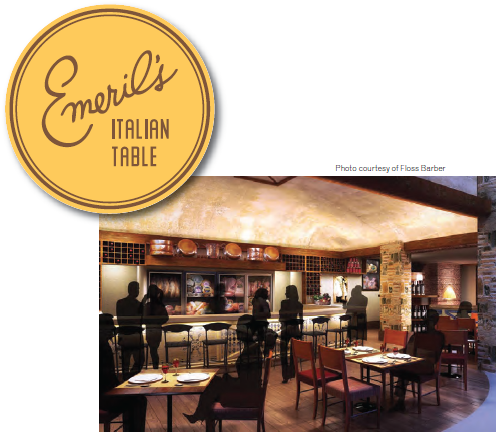
EL: Under-seasoning. Salt and pepper are a cook’s best tool. Sometimes people are afraid to season, but that’s the secret to a great steak—salt, pepper and maybe a little cayenne or essence. Sprinkle a little more salt at the end, and maybe a drizzle of olive oil and a squeeze of fresh lemon.
EDGE: Can you make a truly great steak at home without a commercial kitchen?
EL: A cast-iron skillet, grill pan, or a gas or charcoal outdoor grill are all you need. A lot of people are afraid of under cooking meat, so a good meat thermometer is a smart investment.
EDGE: How has home cooking—from your family background—expressed itself in your creations over the years? How often do you reach back 40 or 50 years for a little inspiration?
EL: Growing up, I was always interested in food from a very young age. My mom Miss Hilda, who is Portuguese and French Canadian, and my dad, Mr. John, were a huge influence on my life. I learned a great deal from my mom. She taught me how to cook and that started my passion for the culinary arts. I also worked at a local Portuguese bakery while in school. I learned the art of making breads, pastries and cakes. Everything I learned early on shows up in some way in my restaurants.
EDGE: What did you learn from baking?
EL: What I learned is one of the most important foundations of my restaurants: make everything from scratch. Bread, pasta, Andouille sausage, Worcestershire sauce, ice creams, sauce—you name it.
EDGE: No shortcuts?
EL: No. There are no shortcuts.
Editor’s Note: BAM! EDGE readers can Cook with Emeril. Go to edgemagonline.com for an Opening Night recipe from Emeril’s Italian Table.

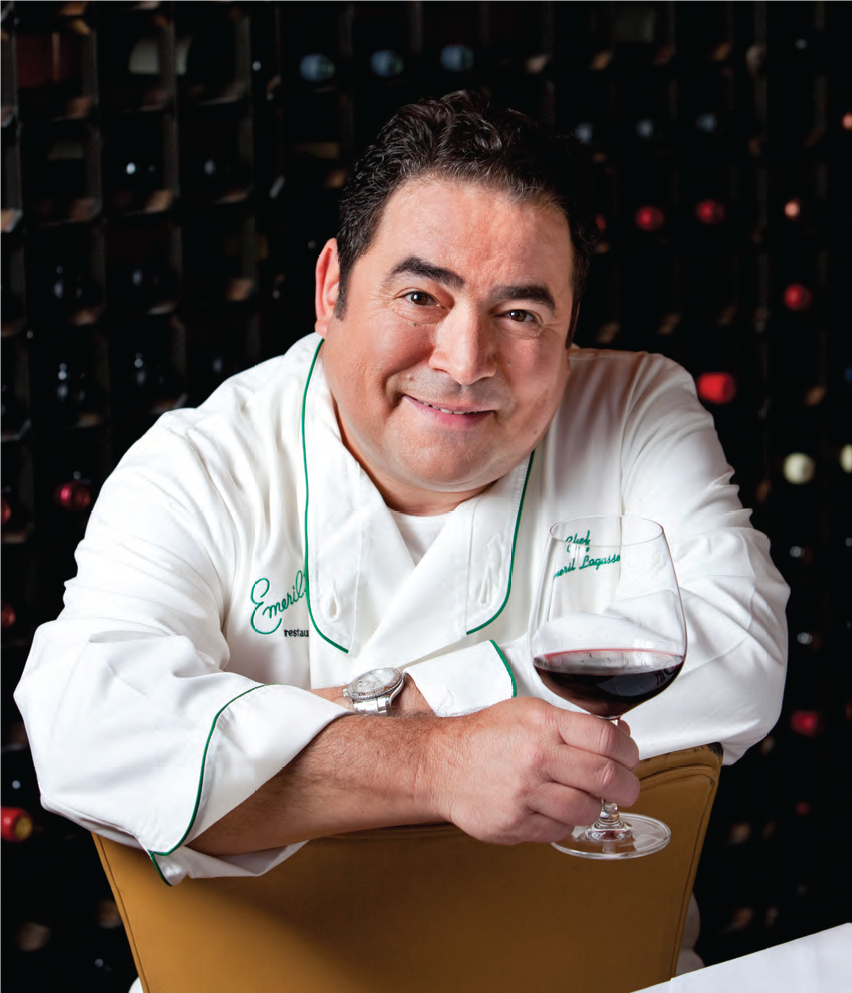
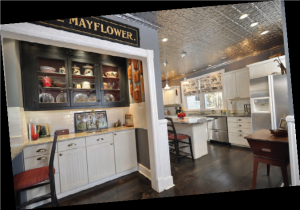 It’s that time of year again. For Sale signs are popping up everywhere you look. And once again, it’s a buyer’s market this summer. House hunters can afford to be picky, and they should be. Holding out for something extraordinary—price wise, property-wise or both—is half the fun of the hunt! When’s the best time to make your move? When the stars align and you walk into a home with some feature that blows away everything else you’ve seen. A charming front porch. A killer kitchen. The master bath of your dreams. A suburban oasis in the backyard. There are a lot of names for the house that speaks to you in that deep, intimate way. We call it the Home Run.
It’s that time of year again. For Sale signs are popping up everywhere you look. And once again, it’s a buyer’s market this summer. House hunters can afford to be picky, and they should be. Holding out for something extraordinary—price wise, property-wise or both—is half the fun of the hunt! When’s the best time to make your move? When the stars align and you walk into a home with some feature that blows away everything else you’ve seen. A charming front porch. A killer kitchen. The master bath of your dreams. A suburban oasis in the backyard. There are a lot of names for the house that speaks to you in that deep, intimate way. We call it the Home Run.






 EDGE: What is step one when choosing a designer?
EDGE: What is step one when choosing a designer?



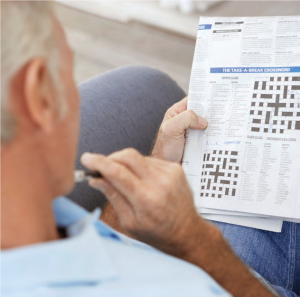


 Pancreatic Cancer May Not Be A Death Sentence When we hear the words Pancreatic Cancer we shudder. And rightfully so. By the time the first symptoms develop—unexplained abdominal pain, weight loss, poor appetite, jaundice—and the tumor is picked up by a CT scan or MRI, the disease is uniformly fatal. According to Dr. Dan Ramasamy, a gastroenterologist at the Center for Digestive Diseases in Union, Pancreatic Cancer actually can be cured—when caught in its earliest stages. Early stage diagnosis is accomplished through Endoscopic Ultrasound (EUS). A special ultrasound device installed on the tip of the endoscope enables examination from the stomach through to the pancreas. With EUS, the pancreas can be visualized with high-quality ultrasound images, detecting tumors as small as a few millimeters, which can be missed by a CT Scan or MRI. According to Dr. Ramasamy, who performs this procedure, a biopsy can be taken through the stomach wall with fine needle aspiration (FNA) and sent for evaluation. If still in its earliest stage, the cancer is curable by surgery.
Pancreatic Cancer May Not Be A Death Sentence When we hear the words Pancreatic Cancer we shudder. And rightfully so. By the time the first symptoms develop—unexplained abdominal pain, weight loss, poor appetite, jaundice—and the tumor is picked up by a CT scan or MRI, the disease is uniformly fatal. According to Dr. Dan Ramasamy, a gastroenterologist at the Center for Digestive Diseases in Union, Pancreatic Cancer actually can be cured—when caught in its earliest stages. Early stage diagnosis is accomplished through Endoscopic Ultrasound (EUS). A special ultrasound device installed on the tip of the endoscope enables examination from the stomach through to the pancreas. With EUS, the pancreas can be visualized with high-quality ultrasound images, detecting tumors as small as a few millimeters, which can be missed by a CT Scan or MRI. According to Dr. Ramasamy, who performs this procedure, a biopsy can be taken through the stomach wall with fine needle aspiration (FNA) and sent for evaluation. If still in its earliest stage, the cancer is curable by surgery. are more likely than children of average intelligence to be heavy drinkers when they grow up. The studies—National Longitudinal Study of Adolescent Health (US) and National Child Development Study (UK)—took into account religion, sex, race, ethnicity, marital status, number of children, education, earnings, satisfaction with life, frequency of socialization with friends, depression, number of recent sex partners, childhood social class, mother’s education, and father’s education—and still came up with the same results. Satoshi Kanazawa, an evolutionary psychologist and author of Why Beautiful People Have More Daughters, offered one interesting theory for this phenomenon. Intelligent people aremore likely to be “early adopters,” so it makes sense they would adopt beer, wine and distilled spirits—which are acquired tastes as opposed to evolutionary staples.
are more likely than children of average intelligence to be heavy drinkers when they grow up. The studies—National Longitudinal Study of Adolescent Health (US) and National Child Development Study (UK)—took into account religion, sex, race, ethnicity, marital status, number of children, education, earnings, satisfaction with life, frequency of socialization with friends, depression, number of recent sex partners, childhood social class, mother’s education, and father’s education—and still came up with the same results. Satoshi Kanazawa, an evolutionary psychologist and author of Why Beautiful People Have More Daughters, offered one interesting theory for this phenomenon. Intelligent people aremore likely to be “early adopters,” so it makes sense they would adopt beer, wine and distilled spirits—which are acquired tastes as opposed to evolutionary staples. Stamping Out Alzheimer’s The effort to understand, treat and perhaps ultimately prevent Alzheimer’s Disease depends on raising funds and awareness. In May, these goals got some help from Maryland Senator Barbara Mikulski, who introduced a resolution in the House of Representatives urging the U.S. Postal Service to issue a special stamp to help raise money for Alzheimer’s research. Mikulski’s own father was one of an estimated 5.4million Americans diagnosed with the disease. By voluntarily paying more than the normal postage rate for the Alzheimer’s stamp, people would contribute directly to the search for a new treatment or a cure.
Stamping Out Alzheimer’s The effort to understand, treat and perhaps ultimately prevent Alzheimer’s Disease depends on raising funds and awareness. In May, these goals got some help from Maryland Senator Barbara Mikulski, who introduced a resolution in the House of Representatives urging the U.S. Postal Service to issue a special stamp to help raise money for Alzheimer’s research. Mikulski’s own father was one of an estimated 5.4million Americans diagnosed with the disease. By voluntarily paying more than the normal postage rate for the Alzheimer’s stamp, people would contribute directly to the search for a new treatment or a cure.

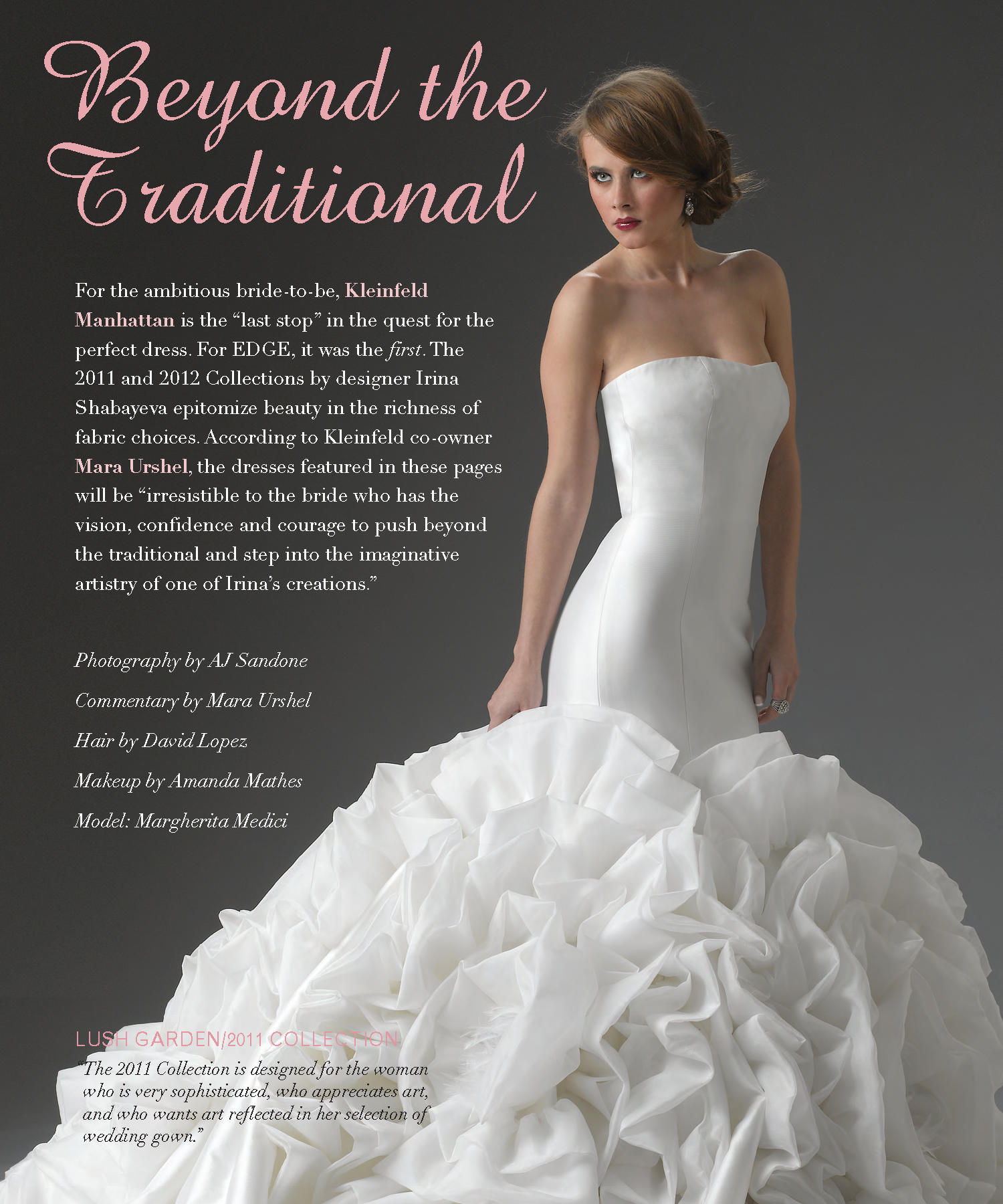

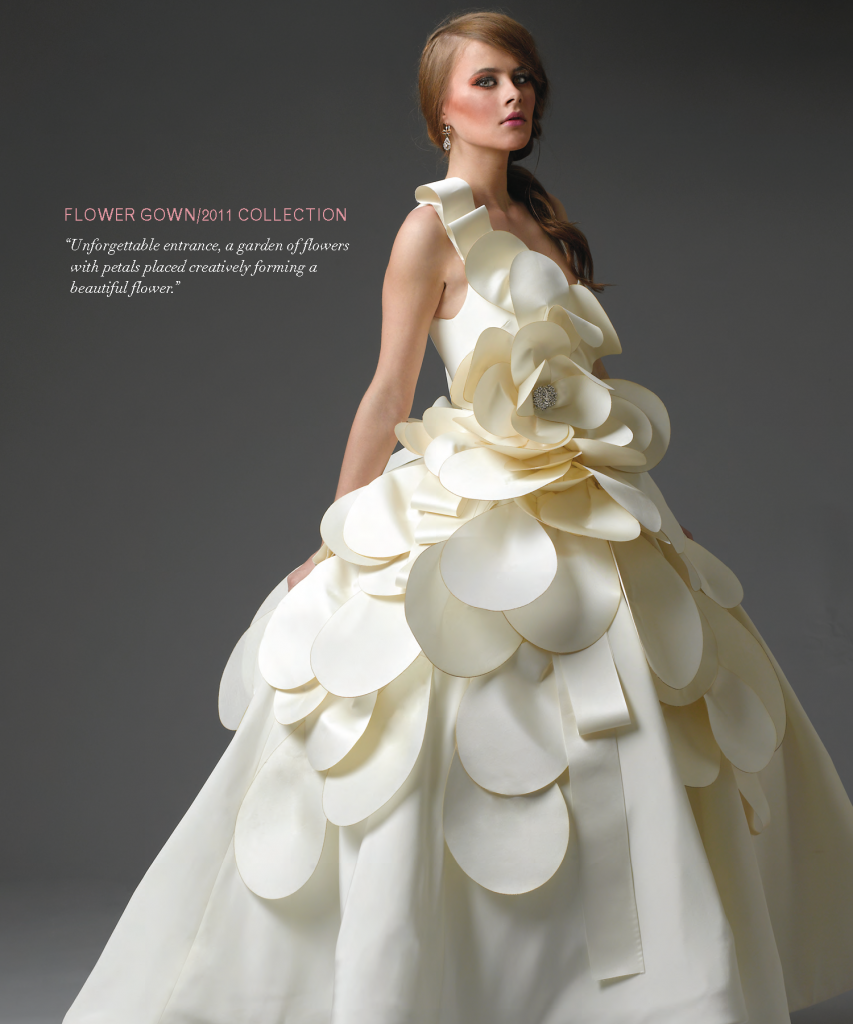
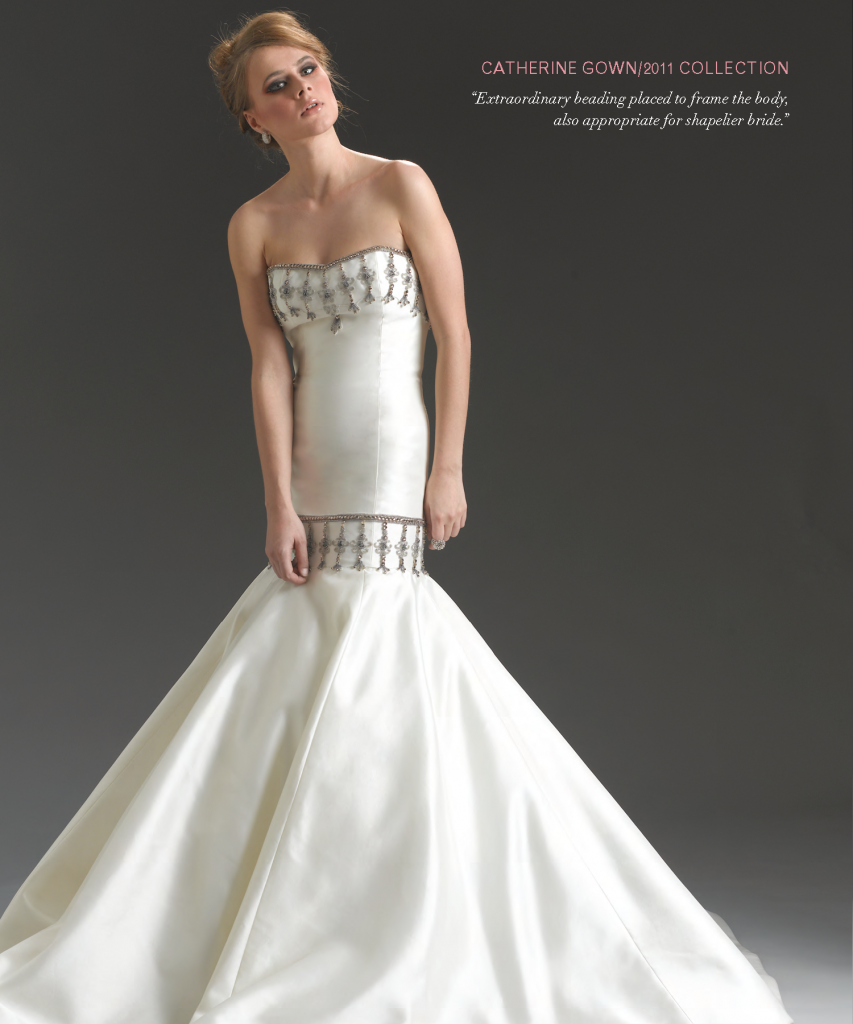


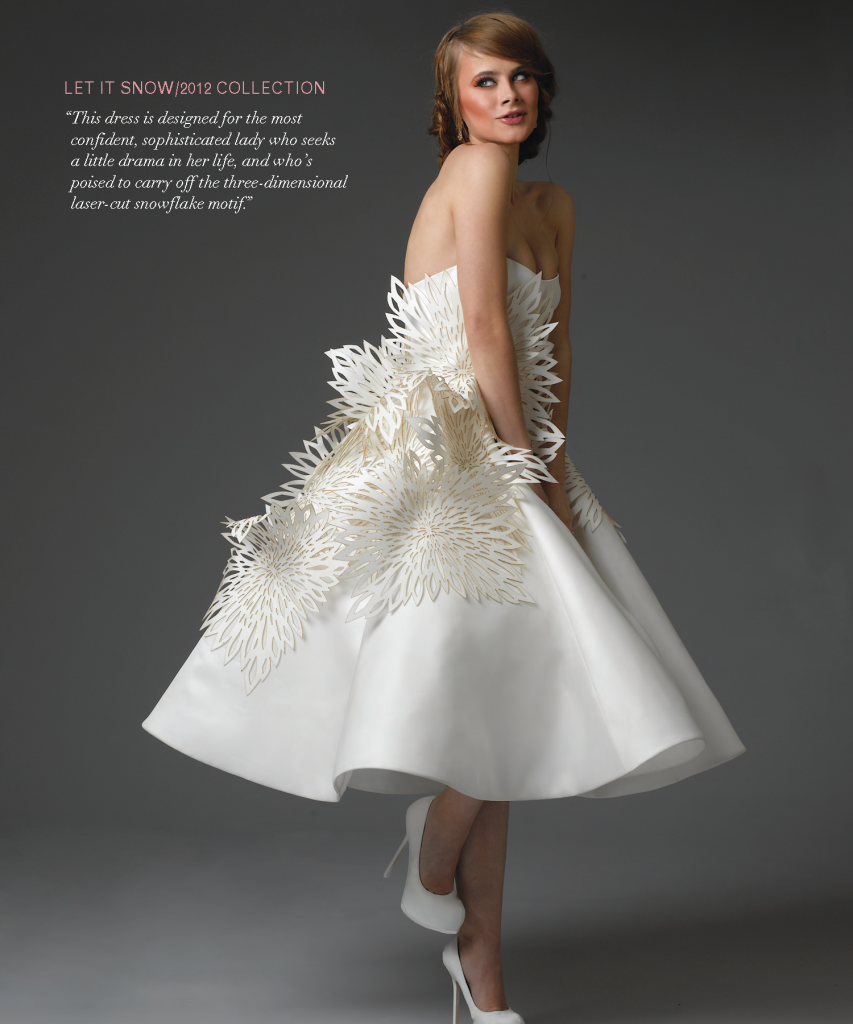
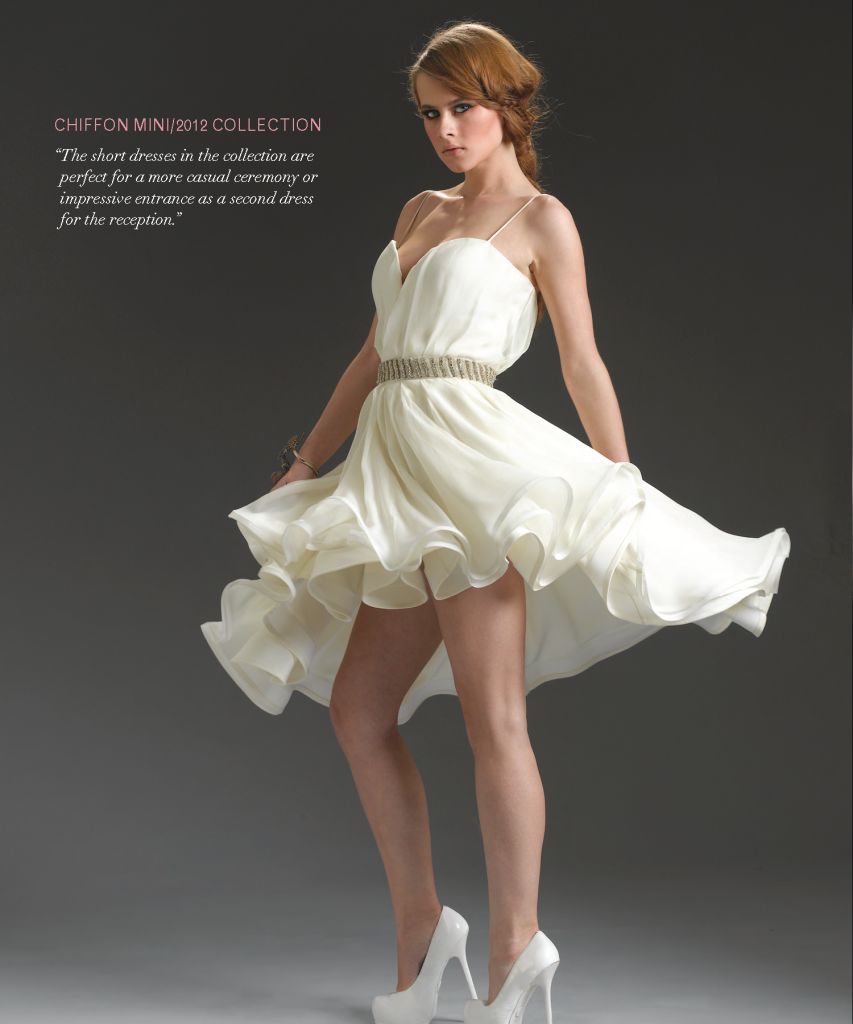

 afterthought. Which explains why well-dressed women think nothing of devoting their most precious commodity—the better part of a day—to visit a clothing Mecca called Coco Pari, with outposts in the hip little Monmouth County towns of Red Bank and Deal. Coco is the total package, offering head-to-toe fashion and, more importantly, a point of view you won’t find in any department store. Staffed by young fashionistas bubbling with style, ready to plug a customer in and cover her act from every angle, Coco Pari has created a new breed of saleswoman-meets stylist— a funky hybrid of fashion editor and best friend. Red Bank store manager Briana, Southern transplants Sophie and Faith, playful Lauren and eye-catching Lindsay literally live, eat and breathe fashion. By day, they are consulting with shoppers on silhouettes that flatter each woman’s unique personality and style. By night, they are out and about, texting back and forth about who’s wearing what. They know the trends and they are not afraid to tell customers what looks good, even if they might not be thinking along the same lines. The ladies at Coco Pari have that “it” factor, and it radiates and translates as they work with customers from the trenches to the cash register. What pleases them the most is simply helping women achieve perfection. In the spirit of full disclosure, I should point out that the saleswoman-as-stylist approach is not the main reason why regulars make the trek to Coco to get a fresh new take on their wardrobe each season. That honor goes to Kimberly Landau, the store’s sole accessory, ready-to-wear and evening couture buyer. The sexy, rocker-chic 36-year-old hand-picks and hand-trains each fashion assassin on her floor; she has established a powerhouse retail operation with fans and followers throughout the tri-state area. The ease with which the Coco Pari sales staff pulls outfits is somewhat deceptive. Landau often stays in the store past 2:00 a.m., merchandising like a madwoman, and then game-planning with the girls before the doors open each day. Everything is clean and clarified. Because Landau does the buy, Coco customers can be completely confident that they’re looking at the
afterthought. Which explains why well-dressed women think nothing of devoting their most precious commodity—the better part of a day—to visit a clothing Mecca called Coco Pari, with outposts in the hip little Monmouth County towns of Red Bank and Deal. Coco is the total package, offering head-to-toe fashion and, more importantly, a point of view you won’t find in any department store. Staffed by young fashionistas bubbling with style, ready to plug a customer in and cover her act from every angle, Coco Pari has created a new breed of saleswoman-meets stylist— a funky hybrid of fashion editor and best friend. Red Bank store manager Briana, Southern transplants Sophie and Faith, playful Lauren and eye-catching Lindsay literally live, eat and breathe fashion. By day, they are consulting with shoppers on silhouettes that flatter each woman’s unique personality and style. By night, they are out and about, texting back and forth about who’s wearing what. They know the trends and they are not afraid to tell customers what looks good, even if they might not be thinking along the same lines. The ladies at Coco Pari have that “it” factor, and it radiates and translates as they work with customers from the trenches to the cash register. What pleases them the most is simply helping women achieve perfection. In the spirit of full disclosure, I should point out that the saleswoman-as-stylist approach is not the main reason why regulars make the trek to Coco to get a fresh new take on their wardrobe each season. That honor goes to Kimberly Landau, the store’s sole accessory, ready-to-wear and evening couture buyer. The sexy, rocker-chic 36-year-old hand-picks and hand-trains each fashion assassin on her floor; she has established a powerhouse retail operation with fans and followers throughout the tri-state area. The ease with which the Coco Pari sales staff pulls outfits is somewhat deceptive. Landau often stays in the store past 2:00 a.m., merchandising like a madwoman, and then game-planning with the girls before the doors open each day. Everything is clean and clarified. Because Landau does the buy, Coco customers can be completely confident that they’re looking at the cherry picked “best of the best.” It’s the key to the Coco Pari experience. “Fashion really is about building confidence for women,” notes Landau, who loves to see women elevate themselves using her store as a workshop. “Coco Pari is not for people who want to stay under the radar. Many people come here with ‘friends’ who won’t give them an honest opinion, but my employees will give it to them straight—one hundred percent.” The actual shopping experience at Coco is difficult to capture in words. To me, it’s like tumbling down Alice’s rabbit hole into a decadent, bejeweled jackpot of Jimmy Choos, Herve Legers and Christian (!) Louboutins. It’s an animal print upholstered, crystallized toy box perfectly fitting for the innermost reaches of the feminine psyche. It’s nice to know that somewhere—in between Lacrosse games, pick-ups and drop-offs, charitable nights out on the town, and everything else that finds its way onto our overcrowded calendars—you can still find a fairy godmother like Kimberly to help women transform their mood, their minds and their hearts.
cherry picked “best of the best.” It’s the key to the Coco Pari experience. “Fashion really is about building confidence for women,” notes Landau, who loves to see women elevate themselves using her store as a workshop. “Coco Pari is not for people who want to stay under the radar. Many people come here with ‘friends’ who won’t give them an honest opinion, but my employees will give it to them straight—one hundred percent.” The actual shopping experience at Coco is difficult to capture in words. To me, it’s like tumbling down Alice’s rabbit hole into a decadent, bejeweled jackpot of Jimmy Choos, Herve Legers and Christian (!) Louboutins. It’s an animal print upholstered, crystallized toy box perfectly fitting for the innermost reaches of the feminine psyche. It’s nice to know that somewhere—in between Lacrosse games, pick-ups and drop-offs, charitable nights out on the town, and everything else that finds its way onto our overcrowded calendars—you can still find a fairy godmother like Kimberly to help women transform their mood, their minds and their hearts.
 unwilling to spend a couple more to look your best when you hit the sand. Whether you’ll be making the scene with oceanfront cocktails, hitting a charity gala at that swanky beach club, or just having a family barbecue on the sand, here are some tips to make sure your endless summer has you looking as fabulous as possible. First rule of thumb: you don’t have to get a burn to grab a perfect tan. Physicians Formula Bronze Booster Self- Tanning Bronzing Veil ($15) is enriched with 100% natural oils. It hydrates, protects and helps regenerate the skin for a smooth, flawless finish. Mimicking the effects of a deeply hydrating body butter treatment, this formula is ideal for quenching sun- and wind parched dry skin. Don’t forget to still blend a little with your fingertips after applying to ensure a streak-free finish. This product will leave your skin looking naturally tan, not orange or streaked. It’s quality luxury, and most importantly, it’s safe. Secondly, toner is essential for healthy skin in a warm-weather climate. Yon-Ka Lotion PG Toner ($26) is pretty much as naturally perfect as it gets. It rehydrates dry skin with soothing, nutritious ingredients. This aromatic toning mist is designed for semi-oily skin. It refreshes, soothes, and equalizes, and the amazing scent makes it perfect for a midday
unwilling to spend a couple more to look your best when you hit the sand. Whether you’ll be making the scene with oceanfront cocktails, hitting a charity gala at that swanky beach club, or just having a family barbecue on the sand, here are some tips to make sure your endless summer has you looking as fabulous as possible. First rule of thumb: you don’t have to get a burn to grab a perfect tan. Physicians Formula Bronze Booster Self- Tanning Bronzing Veil ($15) is enriched with 100% natural oils. It hydrates, protects and helps regenerate the skin for a smooth, flawless finish. Mimicking the effects of a deeply hydrating body butter treatment, this formula is ideal for quenching sun- and wind parched dry skin. Don’t forget to still blend a little with your fingertips after applying to ensure a streak-free finish. This product will leave your skin looking naturally tan, not orange or streaked. It’s quality luxury, and most importantly, it’s safe. Secondly, toner is essential for healthy skin in a warm-weather climate. Yon-Ka Lotion PG Toner ($26) is pretty much as naturally perfect as it gets. It rehydrates dry skin with soothing, nutritious ingredients. This aromatic toning mist is designed for semi-oily skin. It refreshes, soothes, and equalizes, and the amazing scent makes it perfect for a midday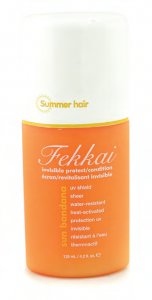
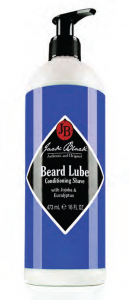 great summer share necessitates at least one fabulous fete. Great bones make for a great home, for a little extra midsummer’s night flair, fill your house with gardenias and keep bowls of fresh lemons and limes on every table (a Martha Stewart secret). You’ll be pleasantly surprised at how far a little aromatherapy can take a first meeting. The next morning, en route to the beach, revisit the citrus and scrape the skin gently with your
great summer share necessitates at least one fabulous fete. Great bones make for a great home, for a little extra midsummer’s night flair, fill your house with gardenias and keep bowls of fresh lemons and limes on every table (a Martha Stewart secret). You’ll be pleasantly surprised at how far a little aromatherapy can take a first meeting. The next morning, en route to the beach, revisit the citrus and scrape the skin gently with your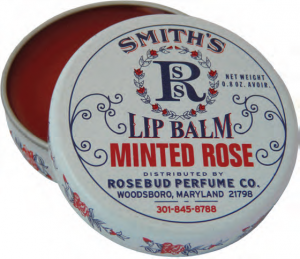 fingernails. Sounds funny, right? The Ancient Romans relied heavily on oranges, pomegranates, and other succulent and aromatic fruits to spice up any and all get-togethers. And if anyone knew how to party, it was that lot. However, while it’s always fun to embrace a When in Rome mentality, moderation is the order of the day, so sparingly massage the essence into your hair and body. You’ll be making new friends in no time at all. As the days get longer, remember that every carefree, sunny day is to be enjoyed to its fullest, and each balmy night that follows deserves a steamy story. Hopefully, between looking the part of a bronzed, summertime beauty—with help from the sun, sand, and science—this will be the most fantastic and fruitful of all your summer escapes.
fingernails. Sounds funny, right? The Ancient Romans relied heavily on oranges, pomegranates, and other succulent and aromatic fruits to spice up any and all get-togethers. And if anyone knew how to party, it was that lot. However, while it’s always fun to embrace a When in Rome mentality, moderation is the order of the day, so sparingly massage the essence into your hair and body. You’ll be making new friends in no time at all. As the days get longer, remember that every carefree, sunny day is to be enjoyed to its fullest, and each balmy night that follows deserves a steamy story. Hopefully, between looking the part of a bronzed, summertime beauty—with help from the sun, sand, and science—this will be the most fantastic and fruitful of all your summer escapes.
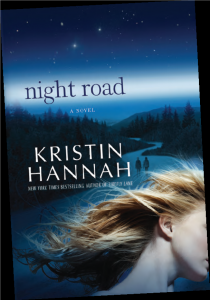 dynamic created when a family with high school- aged twins opens its home to a disadvantaged teenager. Night Road unfolds during a time in the twins’ lives that challenges even the most steadfast parent: senior year. This is the story of the Farradays—mother Jude, father Miles and teens Zach and Mia—and Lexi Ball, a former foster child. When Lexi moves into the Farradays’ small, close-knit community, she quickly becomes Mia’s best friend—and, eventually, the object of Zach’s affections. But the inseparable trio’s world is shattered when a reckless decision tears the Farraday family apart, changes the entire course of Lexi’s life, and grief forever transforms Jude’s ability to be a mother. The book raises profound questions about the resilience of the human heart and the courage it takes to forgive through the haunting story of a family shattered by tragedy, and their struggle to put the pieces back together. Hannah didn’t have to look far for the inspiration she needed to infuse her book with the emotional turmoil parents experience when teenagers first begin vying for independence. She was inspired to write Night Road after experiencing the ups and downs of her own son’s senior year. “We’ve always had a really close relationship, and he’s a really good kid, but we suddenly found ourselves battling constantly about the decisions he was making and the dangers waiting out there in the world for him,” she says. “I didn’t realize until quite some time later that I didn’t sleep much that year…and I started writing Night Road when I could look back and reflect upon that stressful time in the life of any family.” Night Road’s powerful maternal force, Jude, in many ways epitomizes the term “helicopter parent” for the micromanaging role she plays in her twins’ lives. Hannah says her most recent book is much like the 2008 novel Firefly Lane (which explores the friendship between two women as they pursue the often opposing goals of fame and family) in that the story was largely drawn from her own personal experiences. “The challenges, the choices, and the questions that arose during my son’s senior year of high school really informed the writing of Night Road,” she explains. “There’s a lot of myself in the character of Jude—but then there’s a little bit of me in all of my characters. What writers bring
dynamic created when a family with high school- aged twins opens its home to a disadvantaged teenager. Night Road unfolds during a time in the twins’ lives that challenges even the most steadfast parent: senior year. This is the story of the Farradays—mother Jude, father Miles and teens Zach and Mia—and Lexi Ball, a former foster child. When Lexi moves into the Farradays’ small, close-knit community, she quickly becomes Mia’s best friend—and, eventually, the object of Zach’s affections. But the inseparable trio’s world is shattered when a reckless decision tears the Farraday family apart, changes the entire course of Lexi’s life, and grief forever transforms Jude’s ability to be a mother. The book raises profound questions about the resilience of the human heart and the courage it takes to forgive through the haunting story of a family shattered by tragedy, and their struggle to put the pieces back together. Hannah didn’t have to look far for the inspiration she needed to infuse her book with the emotional turmoil parents experience when teenagers first begin vying for independence. She was inspired to write Night Road after experiencing the ups and downs of her own son’s senior year. “We’ve always had a really close relationship, and he’s a really good kid, but we suddenly found ourselves battling constantly about the decisions he was making and the dangers waiting out there in the world for him,” she says. “I didn’t realize until quite some time later that I didn’t sleep much that year…and I started writing Night Road when I could look back and reflect upon that stressful time in the life of any family.” Night Road’s powerful maternal force, Jude, in many ways epitomizes the term “helicopter parent” for the micromanaging role she plays in her twins’ lives. Hannah says her most recent book is much like the 2008 novel Firefly Lane (which explores the friendship between two women as they pursue the often opposing goals of fame and family) in that the story was largely drawn from her own personal experiences. “The challenges, the choices, and the questions that arose during my son’s senior year of high school really informed the writing of Night Road,” she explains. “There’s a lot of myself in the character of Jude—but then there’s a little bit of me in all of my characters. What writers bring

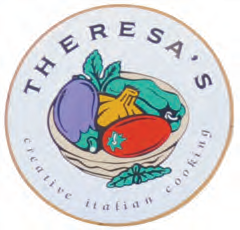 THERESA’S The always-smart partnership of shellfish and beans makes for a simple, yet engaging starter. Shrimp are marinated, then grilled, and plated with a white bean salad. The pair is united by a sweet flash of roasted red pepper and the herbal kick of a pesto-laced oil. Flashy and fussy? No. Soulful and satisfying? Yes. So is a local favorite pasta dish, the now-classic penne with vodka sauce. It’s so often tired and trite, laden with massive amounts of sauce that prompt giggles among teens, who think they’ll get a buzz from a sauce labeled “vodka.” Sorry. There’s a vaguely astringent quality to the spirited sauce, but what gives Theresa’s version of the dish a lift above the norm is the carbonara-like addition of crumbled pancetta and sweet peas. Potent in a non-alcoholic way. It’s possible that riots would ensue in genteel Westfield if the asiago-crusted chicken ever were taken off Theresa’s menu. Our polite server on this night said there was no chance of that. Folks love the cheese-on-cheese aspect of the dish, what with mozzarella layered in the mix. It’s all balanced by a dose of tomato and a garlicky cream sauce. If you’re looking for a sweet-tart sensation, give the balsamic-and apricot-glazed pork tenderloin a go. It’s got the appeal of something barbecued as well as a couple of hearty standbys on the side in garlic-licked mashed potatoes and a tangle of spinach. The dessert of choice? A dense, yet light, flourless chocolate cake that demands, and receives, a dollop of vanilla gelato.
THERESA’S The always-smart partnership of shellfish and beans makes for a simple, yet engaging starter. Shrimp are marinated, then grilled, and plated with a white bean salad. The pair is united by a sweet flash of roasted red pepper and the herbal kick of a pesto-laced oil. Flashy and fussy? No. Soulful and satisfying? Yes. So is a local favorite pasta dish, the now-classic penne with vodka sauce. It’s so often tired and trite, laden with massive amounts of sauce that prompt giggles among teens, who think they’ll get a buzz from a sauce labeled “vodka.” Sorry. There’s a vaguely astringent quality to the spirited sauce, but what gives Theresa’s version of the dish a lift above the norm is the carbonara-like addition of crumbled pancetta and sweet peas. Potent in a non-alcoholic way. It’s possible that riots would ensue in genteel Westfield if the asiago-crusted chicken ever were taken off Theresa’s menu. Our polite server on this night said there was no chance of that. Folks love the cheese-on-cheese aspect of the dish, what with mozzarella layered in the mix. It’s all balanced by a dose of tomato and a garlicky cream sauce. If you’re looking for a sweet-tart sensation, give the balsamic-and apricot-glazed pork tenderloin a go. It’s got the appeal of something barbecued as well as a couple of hearty standbys on the side in garlic-licked mashed potatoes and a tangle of spinach. The dessert of choice? A dense, yet light, flourless chocolate cake that demands, and receives, a dollop of vanilla gelato. 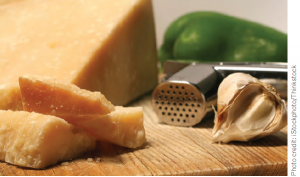
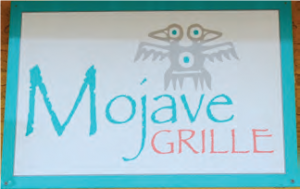 MOJAVE GRILL There was a special soup on tap the night of our visit that intrigued: caramelized onion and potato, punctuated by the freshness of scallions and topped with crisped onions that have been shot through with cayenne. Of all the Scalera concepts, I’ve liked Mojave the best. There’s bolder seasoning and more of a distinctive personality on the plates, particularly on the specials’ roster. This soup crystallizes why?: The onion-potato soup is thick, rich and calls for counterpoint, which it gets in the rawness of the scallions and the heat of the crunchy cayenne’d onions. The signature black bean soup needs its jalapeno spike, as well as the luxurious lime crema, chunks of avocado and chopped, spiced tomato. Extra dimension in a dish
MOJAVE GRILL There was a special soup on tap the night of our visit that intrigued: caramelized onion and potato, punctuated by the freshness of scallions and topped with crisped onions that have been shot through with cayenne. Of all the Scalera concepts, I’ve liked Mojave the best. There’s bolder seasoning and more of a distinctive personality on the plates, particularly on the specials’ roster. This soup crystallizes why?: The onion-potato soup is thick, rich and calls for counterpoint, which it gets in the rawness of the scallions and the heat of the crunchy cayenne’d onions. The signature black bean soup needs its jalapeno spike, as well as the luxurious lime crema, chunks of avocado and chopped, spiced tomato. Extra dimension in a dish 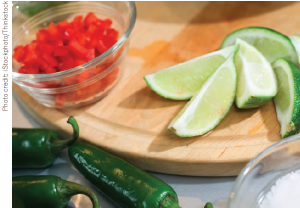 is why we eat out, so we can experience what we might not do for ourselves at home. We tend not to make tuna ceviche at home very often, either, which is why Mojave’s faithful snag the chunks of yellowfin made brazen by ginger and pasilla chilies and then soothed by cooling cucumbers and avocado. Tune into the pulled chicken enchiladas and, if you’re in the mood for comfort food, for the ancho mole, red rice and black beans with a swath of cotija cheese and sultry crema. They’re just about as harmonic as a chorus from The Mamas and The Papas. If you’re craving quesadillas, nab the blackened chicken number that comes cosseted with a Monterey Jack-esque cheese and a generous slather of avocado-basil aioli. I wasn’t taken with the yucca-crusted grouper, a nightly special, for the grouper was overcooked, the taste of the yucca not doing a thing for the fish, and the red pepper puree overwhelming. The one-two punch of seared flank steak topped with a vigorous chimichurri hit on all cylinders, though—and it just might make you whip up your own take on the parsley-garlic-hot pepper-vinegar sauce this summer when you’re grilling a flank steak in your backyard.
is why we eat out, so we can experience what we might not do for ourselves at home. We tend not to make tuna ceviche at home very often, either, which is why Mojave’s faithful snag the chunks of yellowfin made brazen by ginger and pasilla chilies and then soothed by cooling cucumbers and avocado. Tune into the pulled chicken enchiladas and, if you’re in the mood for comfort food, for the ancho mole, red rice and black beans with a swath of cotija cheese and sultry crema. They’re just about as harmonic as a chorus from The Mamas and The Papas. If you’re craving quesadillas, nab the blackened chicken number that comes cosseted with a Monterey Jack-esque cheese and a generous slather of avocado-basil aioli. I wasn’t taken with the yucca-crusted grouper, a nightly special, for the grouper was overcooked, the taste of the yucca not doing a thing for the fish, and the red pepper puree overwhelming. The one-two punch of seared flank steak topped with a vigorous chimichurri hit on all cylinders, though—and it just might make you whip up your own take on the parsley-garlic-hot pepper-vinegar sauce this summer when you’re grilling a flank steak in your backyard. As I scooped up the last of the spiced walnuts in the orange-and-arugula salad at ISABELLA’S, I sensed an impatience on the part of my dining companion. It took no special powers of deduction for me to realize my pal wanted our bacon- Cheddar meatloaf now. It soon arrived and began to disappear. I managed to score two bites and reasonable enough spoonfuls of mashed potatoes and creamed spinach, both of which benefit from gravy chunky with shallots. You’d think meatloaf is only served in this country when the moon is full on a fourth Tuesday the way some people attack slices of the stuff. There’s no denying the appeal of Isabella’s meatloaf. (Which has a lot to do with an abundance of bacon, I suspect.) While the attack on the meatloaf was taking place, I took advantage of an uninterrupted spell communing with the night’s special ravioli: pasta pockets stuffed with goat cheese and roasted red peppers, then drizzled with a vibrant tomato-pesto sauce. There’s an accord reached on the fettuccine tossed
As I scooped up the last of the spiced walnuts in the orange-and-arugula salad at ISABELLA’S, I sensed an impatience on the part of my dining companion. It took no special powers of deduction for me to realize my pal wanted our bacon- Cheddar meatloaf now. It soon arrived and began to disappear. I managed to score two bites and reasonable enough spoonfuls of mashed potatoes and creamed spinach, both of which benefit from gravy chunky with shallots. You’d think meatloaf is only served in this country when the moon is full on a fourth Tuesday the way some people attack slices of the stuff. There’s no denying the appeal of Isabella’s meatloaf. (Which has a lot to do with an abundance of bacon, I suspect.) While the attack on the meatloaf was taking place, I took advantage of an uninterrupted spell communing with the night’s special ravioli: pasta pockets stuffed with goat cheese and roasted red peppers, then drizzled with a vibrant tomato-pesto sauce. There’s an accord reached on the fettuccine tossed 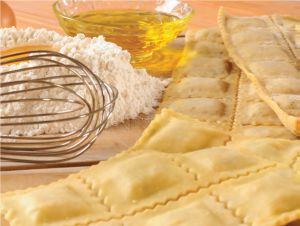 with baby shrimp, corn, sweet peas, sundried tomatoes and mushrooms, all of which is bound by a chipotle-charged cream sauce. This is vintage Scalera and what I think his restaurants do best: Take a bunch of familiar ingredients, a concept that’s not off-putting, then jazz it all up to the level of food you expect when you go out to eat. My wish for Isabella’s? That it would pair a cut of beef other than filet mignon with a crust of peppercorns. That intense coating would work much better with a chewier, heartier flavor, such as strip steak or rib-eye, than it does with a mildmannered filet. But all ends well here with a banana-studded bread pudding streaked with caramel and served with vanilla ice cream. It usually does at Westfield’s trio of winners. EDGE
with baby shrimp, corn, sweet peas, sundried tomatoes and mushrooms, all of which is bound by a chipotle-charged cream sauce. This is vintage Scalera and what I think his restaurants do best: Take a bunch of familiar ingredients, a concept that’s not off-putting, then jazz it all up to the level of food you expect when you go out to eat. My wish for Isabella’s? That it would pair a cut of beef other than filet mignon with a crust of peppercorns. That intense coating would work much better with a chewier, heartier flavor, such as strip steak or rib-eye, than it does with a mildmannered filet. But all ends well here with a banana-studded bread pudding streaked with caramel and served with vanilla ice cream. It usually does at Westfield’s trio of winners. EDGE  Editor’s Note: Andy Clurfield is a former editor of Zagat New Jersey. The longtime food critic for the Asbury Park Press also has been published in Gourmet, Saveur and Town & Country, and on epicurious.com.
Editor’s Note: Andy Clurfield is a former editor of Zagat New Jersey. The longtime food critic for the Asbury Park Press also has been published in Gourmet, Saveur and Town & Country, and on epicurious.com.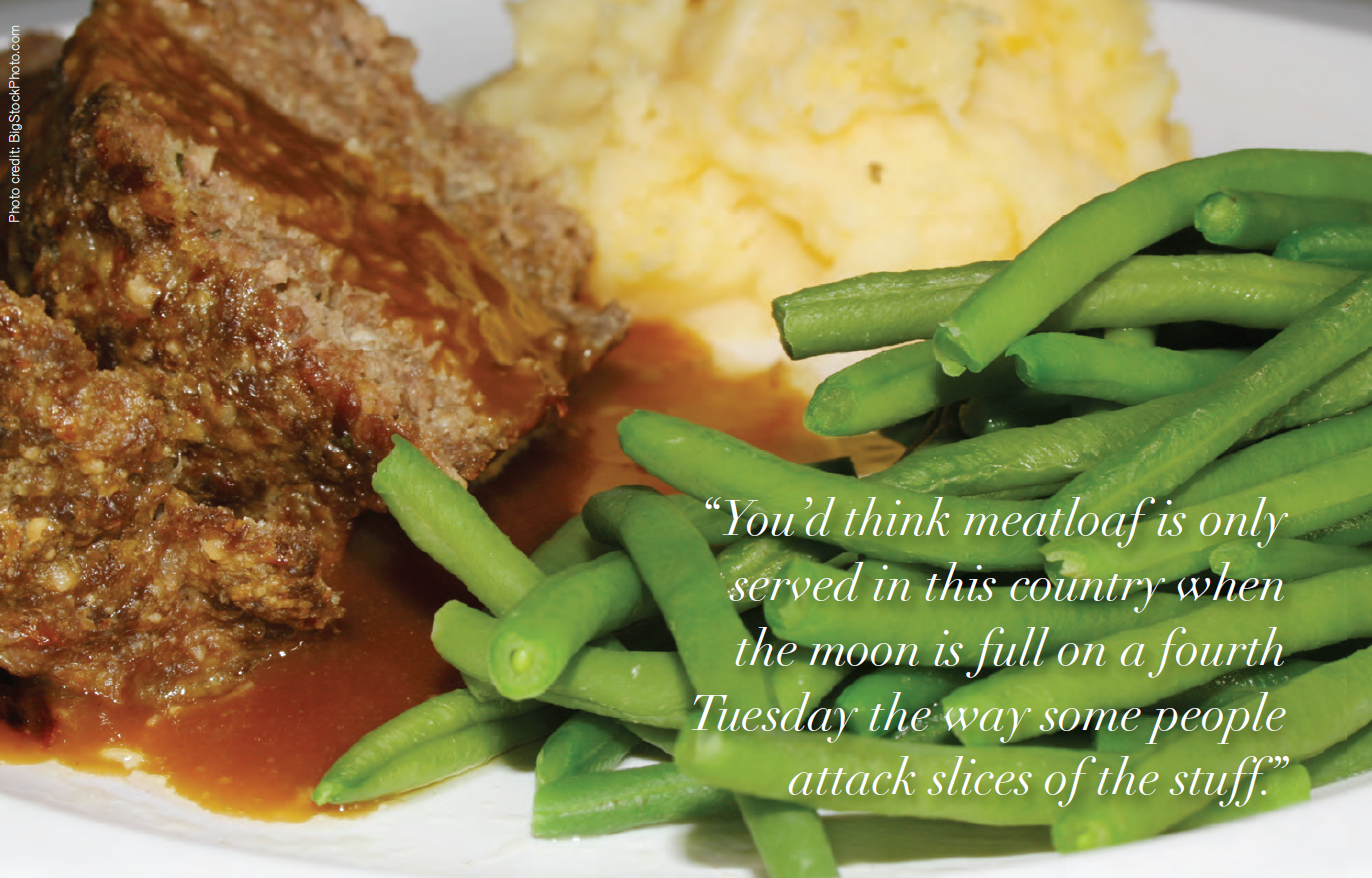
 will be noticeably lighter and you’ll feel like you just spent four hours in an overgrown cow pasture. That being said, Ken Wang isn’t your normal golf course owner. And Pound Ridge Golf Club in Westchester County is hardly your normal course. “It has a sublime rhythm,” says Wang, a married father of three sons, MIT grad and brother of famed fashion designer Vera Wang. “You remember every hole individually. The course has a certain harmony and serenity.” “May and June are beautiful here,” adds Todd Leavenworth, the general manager at Pound Ridge GC, “but you can’t beat the fall. That’s the best time of year for the course.” When Pound Ridge is green and lush, it’s a sight to behold. Designed by the legendary Pete Dye, the course is about 90 minutes away from Central New Jersey. It’s distinguished by unique rock formations and breathtaking views, including several of the Long Island Sound. In typical Dye fashion, there is an exquisite logic to the course, a quality that appeals to the mathematician in Wang. “It’s hard to pinpoint my favorite holes,” he says. “I love number 7, number 10 and number 11. They are gorgeous.” Leavenworth gushes about the par-3 15th hole known as Headstone. “It’s spectacular,” he says. “There is white marble behind the green that slopes at about a 20-degree pitch. You can actually hit to the marble and have the ball roll back toward the hole.” One feature of Pound Ridge GC that golfers of all levels love is the number of tees per hole—a staple of any
will be noticeably lighter and you’ll feel like you just spent four hours in an overgrown cow pasture. That being said, Ken Wang isn’t your normal golf course owner. And Pound Ridge Golf Club in Westchester County is hardly your normal course. “It has a sublime rhythm,” says Wang, a married father of three sons, MIT grad and brother of famed fashion designer Vera Wang. “You remember every hole individually. The course has a certain harmony and serenity.” “May and June are beautiful here,” adds Todd Leavenworth, the general manager at Pound Ridge GC, “but you can’t beat the fall. That’s the best time of year for the course.” When Pound Ridge is green and lush, it’s a sight to behold. Designed by the legendary Pete Dye, the course is about 90 minutes away from Central New Jersey. It’s distinguished by unique rock formations and breathtaking views, including several of the Long Island Sound. In typical Dye fashion, there is an exquisite logic to the course, a quality that appeals to the mathematician in Wang. “It’s hard to pinpoint my favorite holes,” he says. “I love number 7, number 10 and number 11. They are gorgeous.” Leavenworth gushes about the par-3 15th hole known as Headstone. “It’s spectacular,” he says. “There is white marble behind the green that slopes at about a 20-degree pitch. You can actually hit to the marble and have the ball roll back toward the hole.” One feature of Pound Ridge GC that golfers of all levels love is the number of tees per hole—a staple of any course designed by Dye. There are at least five tees on every hole, and some have six. “Pete is sensitive to the fact that all golfers don’t play at the same level,” says Wang. “When you play Pound Ridge from the correct tees, it’s a very enjoyable experience. The course is unusually fair to women.” There’s a good reason for that—Dye’s wife, Alice. The winner of nine Indiana Women’s Golf Association Amateur Championships, she has her husband’s ear every time he starts work on a new course. “Pound Ridge was a family affair,” says Wang. “Alice gets extremely involved whenever Pete is designing a course. She makes him more in touch with how women play the game.” “This is a really fun course for women,” he adds. “Probably more so than any other course I know.” Dye also puts a premium on exactitude. To score well at Pound Ridge GC, you have to hit the ball straight and the correct yardage. “The first time I played Pound Ridge, I felt like I had stepped into a math problem,” Wang recalls. “There’s an elegance to the course and artistry to the environment.” That’s a good way to describe the area surrounding Pound Ridge, as well. The closest neighboring towns are Bedford in New York and Greenwich and New Canaan in Connecticut. Close enough for a day trip, the surrounding area also offers enough to build a romantic weekend or ladies overnight around a round or two of golf. There are great restaurants, charming inns, lots of antique stores and all manner of shopping. Soon, says Wang, golfers at Pound Ridge GC won’t have to leave the course for a good meal. He has been working with architects on building a clubhouse. “It’s a funny project,” he says. “We’re talking about a ‘destination course’ in a residential area. We get local members and people flying in from London and Japan. We have several audiences to please.” With the current trend in clubhouse construction trending toward downsizing, Wang has shed his notions of what a traditional design looks like. Fortunately, he has a sister who knows a little bit about style. “Vera is pretty hip,” Wang says. “I defer to the higher power. She reminds me that the world isn’t filled with wood-panelled walls.” There’s always a chance that visitors to Pound Ridge GC will bump into Vera. According to Ken, she plays there several
course designed by Dye. There are at least five tees on every hole, and some have six. “Pete is sensitive to the fact that all golfers don’t play at the same level,” says Wang. “When you play Pound Ridge from the correct tees, it’s a very enjoyable experience. The course is unusually fair to women.” There’s a good reason for that—Dye’s wife, Alice. The winner of nine Indiana Women’s Golf Association Amateur Championships, she has her husband’s ear every time he starts work on a new course. “Pound Ridge was a family affair,” says Wang. “Alice gets extremely involved whenever Pete is designing a course. She makes him more in touch with how women play the game.” “This is a really fun course for women,” he adds. “Probably more so than any other course I know.” Dye also puts a premium on exactitude. To score well at Pound Ridge GC, you have to hit the ball straight and the correct yardage. “The first time I played Pound Ridge, I felt like I had stepped into a math problem,” Wang recalls. “There’s an elegance to the course and artistry to the environment.” That’s a good way to describe the area surrounding Pound Ridge, as well. The closest neighboring towns are Bedford in New York and Greenwich and New Canaan in Connecticut. Close enough for a day trip, the surrounding area also offers enough to build a romantic weekend or ladies overnight around a round or two of golf. There are great restaurants, charming inns, lots of antique stores and all manner of shopping. Soon, says Wang, golfers at Pound Ridge GC won’t have to leave the course for a good meal. He has been working with architects on building a clubhouse. “It’s a funny project,” he says. “We’re talking about a ‘destination course’ in a residential area. We get local members and people flying in from London and Japan. We have several audiences to please.” With the current trend in clubhouse construction trending toward downsizing, Wang has shed his notions of what a traditional design looks like. Fortunately, he has a sister who knows a little bit about style. “Vera is pretty hip,” Wang says. “I defer to the higher power. She reminds me that the world isn’t filled with wood-panelled walls.” There’s always a chance that visitors to Pound Ridge GC will bump into Vera. According to Ken, she plays there several times a year. “Vera is a pretty good player,” he says. “I’m probably better on the first ball, but she likes to throw down a second sometimes. She’s usually better on that one.” Ken’s sister isn’t the only celebrity who frequents the Pound Ridge area. Richard Gere, Susan Sarandon, Tim Robbins and Mike Myers are among those who claim residency in and around the town. Gere also owns a cozy place there, the Bedford Post Inn (above). While Wang prefers to stay out of the spotlight, he can’t deny the legacy he has created at Pound Ridge GC. “I didn’t use to think of it in those terms,” he says. “I started playing golf as a kid. The idea to buy the Pound Ridge property came after my father built a house in town in 1980. When we decided to turn the course into 18 holes, it took nine years to get all the approvals. Now we have a glamorous golf course that is very sensitive to the environment. It’s unlike any other course in the area. It’s nice to know that you’ve built something that will be around for a long while.” EDGE
times a year. “Vera is a pretty good player,” he says. “I’m probably better on the first ball, but she likes to throw down a second sometimes. She’s usually better on that one.” Ken’s sister isn’t the only celebrity who frequents the Pound Ridge area. Richard Gere, Susan Sarandon, Tim Robbins and Mike Myers are among those who claim residency in and around the town. Gere also owns a cozy place there, the Bedford Post Inn (above). While Wang prefers to stay out of the spotlight, he can’t deny the legacy he has created at Pound Ridge GC. “I didn’t use to think of it in those terms,” he says. “I started playing golf as a kid. The idea to buy the Pound Ridge property came after my father built a house in town in 1980. When we decided to turn the course into 18 holes, it took nine years to get all the approvals. Now we have a glamorous golf course that is very sensitive to the environment. It’s unlike any other course in the area. It’s nice to know that you’ve built something that will be around for a long while.” EDGE 
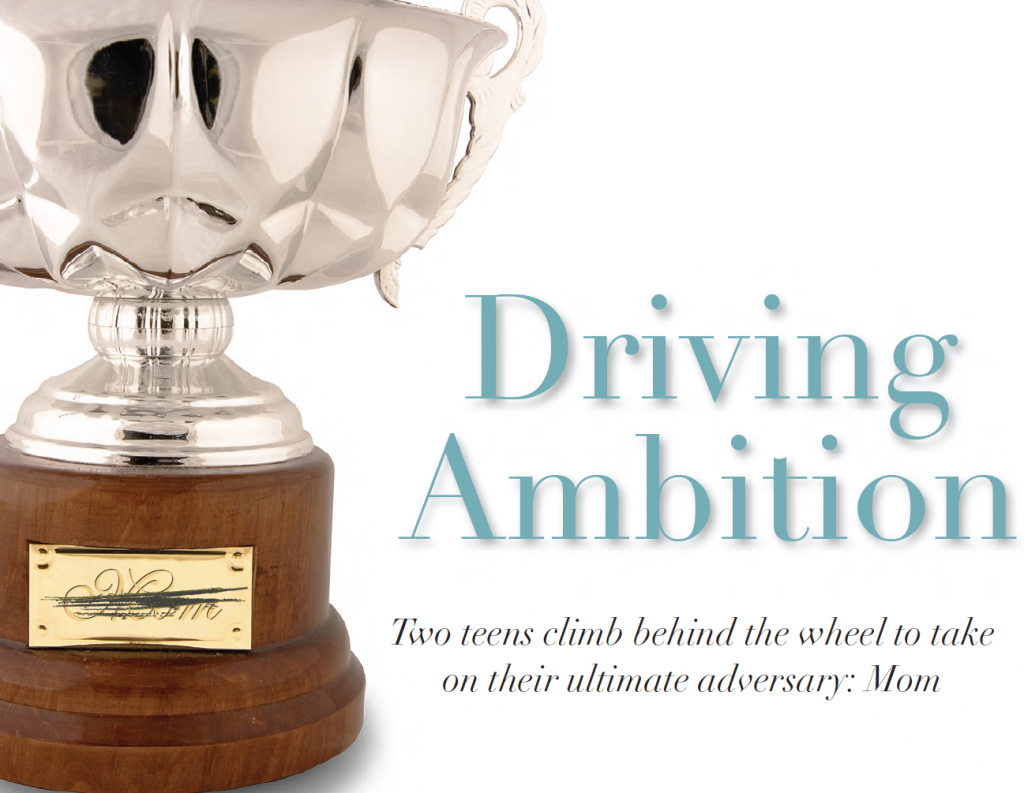
 Position Raceway, the indoor karting venue located near the Liberty Science Center in Jersey City. She admits she was itching to teach Michael and George a lesson as all three pulled on their helmets and strapped themselves into their karts (which—because of Michael’s age—were limited to a still-speedy 30 mph). Suzanne also admits to underestimating the fact that her sons work together like Velociraptors. With their three vehicles lined up one behind the other to start, the boys insisted she have the honor of taking the lead kart. In almost any race, both teens knew, you want your adversary ahead of you so you can choose the time and place of their ultimate defeat. In other words, she was dead meat before they started their engines. The flag dropped and the three roared into the first turn. Moments later, Suzanne found herself in third place. A nudge from George and then a stronger bump from Michael sent her into the black-and-yellow padded barrier. By the time she got back up to speed, she was playing catch-up. She never did close the gap on her sons, who showed her no mercy and gave her no daylight. They were too busy fighting for fraternal supremacy. George edged Michael at the finish line, with Suzanne a few heartbeats behind. “I should have realized they would never let me win,” she says bemusedly. “Even though I’m their mother, they will still win at any cost. The mistake I made was that I never should have started in front of them.” In the days that followed, as Suzanne returned to chauffer duties, mother and sons had something new to discuss: the fact that they were now officially, indisputably and undeniably “better drivers” than she—against a wealth of evidence still to the contrary. Suzanne reminded Michael and George that she had nearly caught up to them after they sent her into the wall. They corrected their mother, informing her that she had actually fallen a full lap behind! Shifting gears quickly, Suzanne pointed out that handling a kart at 30 mph takes considerably less skill and experience than zig-zagging through Turnpike traffic at 75 (although for the record she has never done that). Blank stares. Exasperated, Suzanne said that intentionally running your materfamilias off the road doesn’t make you a “better driver”—it makes you a dangerous one. Michael and George refused to dignify their mother’s accusations of collusion and dirty driving. Both maintain that Suzanne was the unfortunate victim of an unlucky accident. Looking back, Suzanne says the only humiliation she actually
Position Raceway, the indoor karting venue located near the Liberty Science Center in Jersey City. She admits she was itching to teach Michael and George a lesson as all three pulled on their helmets and strapped themselves into their karts (which—because of Michael’s age—were limited to a still-speedy 30 mph). Suzanne also admits to underestimating the fact that her sons work together like Velociraptors. With their three vehicles lined up one behind the other to start, the boys insisted she have the honor of taking the lead kart. In almost any race, both teens knew, you want your adversary ahead of you so you can choose the time and place of their ultimate defeat. In other words, she was dead meat before they started their engines. The flag dropped and the three roared into the first turn. Moments later, Suzanne found herself in third place. A nudge from George and then a stronger bump from Michael sent her into the black-and-yellow padded barrier. By the time she got back up to speed, she was playing catch-up. She never did close the gap on her sons, who showed her no mercy and gave her no daylight. They were too busy fighting for fraternal supremacy. George edged Michael at the finish line, with Suzanne a few heartbeats behind. “I should have realized they would never let me win,” she says bemusedly. “Even though I’m their mother, they will still win at any cost. The mistake I made was that I never should have started in front of them.” In the days that followed, as Suzanne returned to chauffer duties, mother and sons had something new to discuss: the fact that they were now officially, indisputably and undeniably “better drivers” than she—against a wealth of evidence still to the contrary. Suzanne reminded Michael and George that she had nearly caught up to them after they sent her into the wall. They corrected their mother, informing her that she had actually fallen a full lap behind! Shifting gears quickly, Suzanne pointed out that handling a kart at 30 mph takes considerably less skill and experience than zig-zagging through Turnpike traffic at 75 (although for the record she has never done that). Blank stares. Exasperated, Suzanne said that intentionally running your materfamilias off the road doesn’t make you a “better driver”—it makes you a dangerous one. Michael and George refused to dignify their mother’s accusations of collusion and dirty driving. Both maintain that Suzanne was the unfortunate victim of an unlucky accident. Looking back, Suzanne says the only humiliation she actually  suffered that evening was being photographed on the victory stand with her boys (now both six-footers) towering over her. Otherwise, it was a tremendous experience. “It was very entertaining,” she says. “We thoroughly enjoyed ourselves. It’s a great place. We hung out for an hour after the race. The people there couldn’t be nicer.” Okay, down to brass tacks. In a return engagement, does Suzanne think she would avenge her defeat? “I do,” she says with a competitive smirk. And just how? “No way I’m divulging my strategy! Let’s just say that Mom’s still got a few tricks up her sleeve.” EDGE
suffered that evening was being photographed on the victory stand with her boys (now both six-footers) towering over her. Otherwise, it was a tremendous experience. “It was very entertaining,” she says. “We thoroughly enjoyed ourselves. It’s a great place. We hung out for an hour after the race. The people there couldn’t be nicer.” Okay, down to brass tacks. In a return engagement, does Suzanne think she would avenge her defeat? “I do,” she says with a competitive smirk. And just how? “No way I’m divulging my strategy! Let’s just say that Mom’s still got a few tricks up her sleeve.” EDGE 

 overweight, and 30 percent is obese,” he says. “And the children’s statistics are even more mind-boggling—nine million American kids were considered obese, a rate that has nearly doubled in the last 20 years. It’s getting out of control at an epidemic rate.” Fortunately, there are measures you can take to fight back—even if you have to eat fast:
overweight, and 30 percent is obese,” he says. “And the children’s statistics are even more mind-boggling—nine million American kids were considered obese, a rate that has nearly doubled in the last 20 years. It’s getting out of control at an epidemic rate.” Fortunately, there are measures you can take to fight back—even if you have to eat fast: 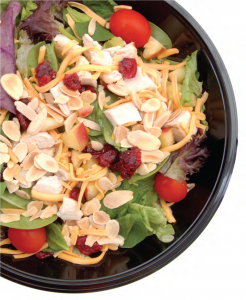 financially, but could cost you your health. “To help spread out the calories, consider eating half of it and giving the other half to your partner or taking it home for another meal,” Dr. Eckman advises.
financially, but could cost you your health. “To help spread out the calories, consider eating half of it and giving the other half to your partner or taking it home for another meal,” Dr. Eckman advises.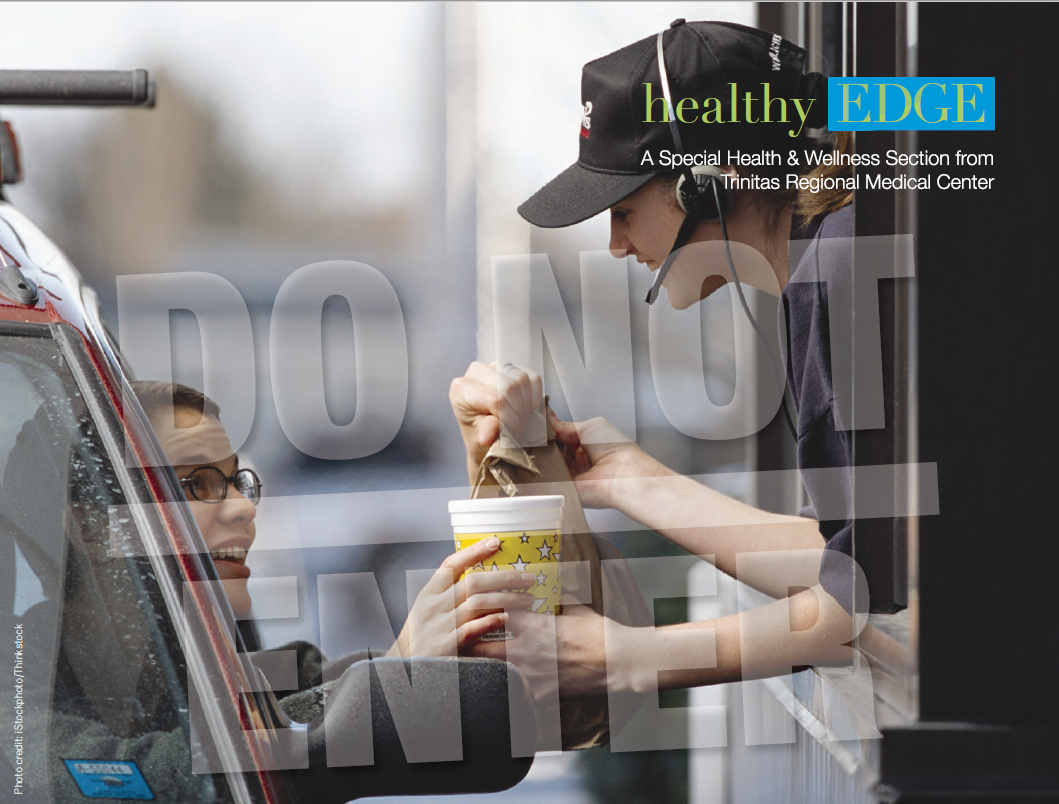

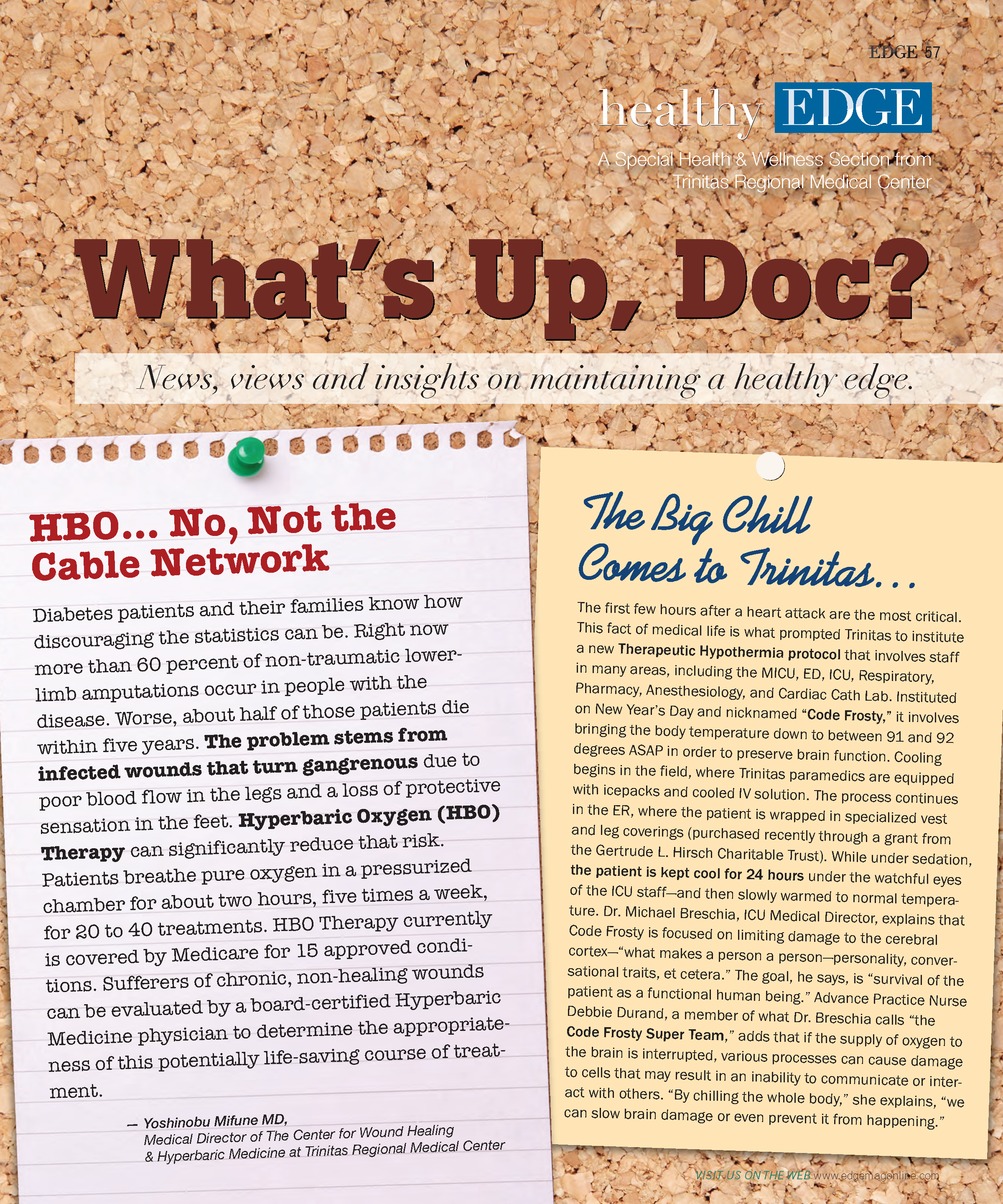
 of competition in a fun and lively story. Alas, the original writer, having been stuck in one too many snowdrifts during the winter that wouldn’t quit, bowed out after hearing rumors that the top two-thirds of the Garden State Parkway might be a sheet of ice on the morning in question. With one child in college and another getting close, a gruesome highway death didn’t seem to have the same downside for me, so I agreed to go in her place. In the spirit of full disclosure, I should point out here that I am not a dog person. And they seem to know it. Even “my own” dog—the one my wife and daughters outvoted me on 3-to- 1—is careful not to irritate me. I’ll spare you my troubled history with canine-Americans. Not that it isn’t interesting. It’s just that I can’t stand it when other people yammer on about their childhood this and childhood that. Upon arriving at the convention center, I was greeted with open arms by show officials, who cheerfully tolerated me as I got my facts straight and asked a lot of stupid questions over a quick lunch. Then it was out onto the floor. My goal? Quietly observe, form an opinion, and then dig-dig-dig until I understood what it means to compete at a real dog show. What surprised me after watching several breeds go through judging was that the dogs were not eyeing one another or trying to intimidate each other, at least not that I could tell. They were completely absorbed by their work. And make no mistake, they treated it like work. It’s a job they love, of course—a champion show dog has to enjoy the experience. However, there was no interplay between the animals even when they were standing inches apart in the ring. It was a little weird, but I got it. These were the “pros” of canine competition. Whatever makes my dog run in crazed circles around vehicles exiting—but not entering— our driveway had been bred out of these animals. Still, this was a competition, with money and prestige at stake. Someone in the building was driven to win. I just had to find out whom. I decided to cruise the aisles between the different handlers. Each had a space staked out, with dogs in crates, dogs on grooming stands, and dogs on their way to and from the judging rings. An unattended Cocker Spaniel eyed me with suspicion and I returned its glance with a raised eyebrow. I hadn’t lost my touch. The animal leaped off the table and ran down the aisle in front of me, causing a brief panic. I felt bad, like I’d broken something in an antique shop. Since the dogs clearly were not going to help me, I turned my attention to the people preparing them for competition. I’m better with people anyway. Among the many top handlers and trainers present at this event was one who towered over the rest, at least figuratively. His name is Kaz Hosaka, and he is to the poodle world what Michael Jordan is to basketball. Smooth, clever, elegant and nearly unbeatable. (And he’s been on Charlie Rose, so take that other poodle handlers!) Based out of Greenwood, Delaware, Hosaka attends as many as 150 shows a year and has been honing poodles like samurai swords for three decades. You do the math. The important number is #1, and he has racked up a bunch of ’em during his career, including the #1 toy poodle in 2010. Hosaka is a “finisher” of dogs. In other words, if you think you’ve lucked into a great poodle, Kaz is the man who knows how to transform it into a champion. He won’t take a dog unless he truly believes it can be a winner. Often he must break the bad news: This is a wonderful pet, but not a show dog. That being said, Hosaka will consider animals that other handlers have turned down because they may be too difficult. “I am the last stop,” he smiles. “If I can’t do it, nobody can.” Like many in his profession, Hosaka (left) is a handler of owners, too. Most ship their dogs off like boarding-school kids, dropping in occasionally to monitor their progress at important shows. The bulk of handler-owner contact is accomplished over the phone. When one does appear at an event, Hosaka’s rule number-one is don’t come near his set-up and throw your poodle off its game. Helicopter parenting may be tolerated in the human world, but during shows it is definitely frowned upon. One owner who left her dog alone was Charlize Sutton, and the strategy paid off. Her confident little Norwich Terrier went out and blew the fleas off the competition, grabbing Best in Breed. Charlize had more pressing matters to attend to, barely acknowledging the victory. She had her nose buried in an iPad, watching Dora the Explorer. Charlize is two—by far the youngest owner I could locate, though probably not, a neighboring groomer whispered to me, the least mature. Charlize (right) was stationed in a portable playpen in the midst of a dizzying ballet involving three humans, 17 dogs and a seemingly endless array of clippers, snippers, brushes and blowers, each of which was wielded with maximum expertise and minimum effort. Her parents, Jessy and Roxanne, along with assistant Tom Durst, have a first-class operation back in Narvon, Pennsylvania, and they get paid well for the work they do. The Suttons were on a winning streak when I barged into their little corner of doggie heaven. Miles, a regal, self-possessed Rhodesian Ridgeback, was returning from the judging ring with, yawn, another Best in Breed nod. Miles looked like he could stare down a lion (which, apparently, he was bred for), and so did Jessy. He handles the working breeds at shows, while Roxanne works her magic with terriers. “We are sticklers for conditioning,” Jessy responded when I asked what gave his dogs an edge. “When an owner hires us, it may not seem cost-effective right away, but the constant work we do pays off in the long run, because we finish dogs quickly.” Is the flip side of this equation, I wondered, that owners apply a huge amount of pressure? The Suttons confirmed this after getting off the phone with Miles’s owner, reporting the Rhodie’s win within seconds of the judge’s decision. “The owners who hire us believe they should win every time,” says Jessy, adding quickly that “it’s okay, because that’s the attitude we have. We want to win every time, too. Of course, not even the number-one dog in the country wins breed in every show—if they did no one would show. It would be boring.” After talking to a half-dozen handlers I began to wonder how often owners actually show their own dogs. The people I asked offered wildly varying percentages, but I could tell the number isn’t high. Basically, owners who can afford show dogs tend to work for a living and therefore rarely have the time to show them. Those that do are more likely to participate in a weekend show as opposed to mid-week ones like this one.
of competition in a fun and lively story. Alas, the original writer, having been stuck in one too many snowdrifts during the winter that wouldn’t quit, bowed out after hearing rumors that the top two-thirds of the Garden State Parkway might be a sheet of ice on the morning in question. With one child in college and another getting close, a gruesome highway death didn’t seem to have the same downside for me, so I agreed to go in her place. In the spirit of full disclosure, I should point out here that I am not a dog person. And they seem to know it. Even “my own” dog—the one my wife and daughters outvoted me on 3-to- 1—is careful not to irritate me. I’ll spare you my troubled history with canine-Americans. Not that it isn’t interesting. It’s just that I can’t stand it when other people yammer on about their childhood this and childhood that. Upon arriving at the convention center, I was greeted with open arms by show officials, who cheerfully tolerated me as I got my facts straight and asked a lot of stupid questions over a quick lunch. Then it was out onto the floor. My goal? Quietly observe, form an opinion, and then dig-dig-dig until I understood what it means to compete at a real dog show. What surprised me after watching several breeds go through judging was that the dogs were not eyeing one another or trying to intimidate each other, at least not that I could tell. They were completely absorbed by their work. And make no mistake, they treated it like work. It’s a job they love, of course—a champion show dog has to enjoy the experience. However, there was no interplay between the animals even when they were standing inches apart in the ring. It was a little weird, but I got it. These were the “pros” of canine competition. Whatever makes my dog run in crazed circles around vehicles exiting—but not entering— our driveway had been bred out of these animals. Still, this was a competition, with money and prestige at stake. Someone in the building was driven to win. I just had to find out whom. I decided to cruise the aisles between the different handlers. Each had a space staked out, with dogs in crates, dogs on grooming stands, and dogs on their way to and from the judging rings. An unattended Cocker Spaniel eyed me with suspicion and I returned its glance with a raised eyebrow. I hadn’t lost my touch. The animal leaped off the table and ran down the aisle in front of me, causing a brief panic. I felt bad, like I’d broken something in an antique shop. Since the dogs clearly were not going to help me, I turned my attention to the people preparing them for competition. I’m better with people anyway. Among the many top handlers and trainers present at this event was one who towered over the rest, at least figuratively. His name is Kaz Hosaka, and he is to the poodle world what Michael Jordan is to basketball. Smooth, clever, elegant and nearly unbeatable. (And he’s been on Charlie Rose, so take that other poodle handlers!) Based out of Greenwood, Delaware, Hosaka attends as many as 150 shows a year and has been honing poodles like samurai swords for three decades. You do the math. The important number is #1, and he has racked up a bunch of ’em during his career, including the #1 toy poodle in 2010. Hosaka is a “finisher” of dogs. In other words, if you think you’ve lucked into a great poodle, Kaz is the man who knows how to transform it into a champion. He won’t take a dog unless he truly believes it can be a winner. Often he must break the bad news: This is a wonderful pet, but not a show dog. That being said, Hosaka will consider animals that other handlers have turned down because they may be too difficult. “I am the last stop,” he smiles. “If I can’t do it, nobody can.” Like many in his profession, Hosaka (left) is a handler of owners, too. Most ship their dogs off like boarding-school kids, dropping in occasionally to monitor their progress at important shows. The bulk of handler-owner contact is accomplished over the phone. When one does appear at an event, Hosaka’s rule number-one is don’t come near his set-up and throw your poodle off its game. Helicopter parenting may be tolerated in the human world, but during shows it is definitely frowned upon. One owner who left her dog alone was Charlize Sutton, and the strategy paid off. Her confident little Norwich Terrier went out and blew the fleas off the competition, grabbing Best in Breed. Charlize had more pressing matters to attend to, barely acknowledging the victory. She had her nose buried in an iPad, watching Dora the Explorer. Charlize is two—by far the youngest owner I could locate, though probably not, a neighboring groomer whispered to me, the least mature. Charlize (right) was stationed in a portable playpen in the midst of a dizzying ballet involving three humans, 17 dogs and a seemingly endless array of clippers, snippers, brushes and blowers, each of which was wielded with maximum expertise and minimum effort. Her parents, Jessy and Roxanne, along with assistant Tom Durst, have a first-class operation back in Narvon, Pennsylvania, and they get paid well for the work they do. The Suttons were on a winning streak when I barged into their little corner of doggie heaven. Miles, a regal, self-possessed Rhodesian Ridgeback, was returning from the judging ring with, yawn, another Best in Breed nod. Miles looked like he could stare down a lion (which, apparently, he was bred for), and so did Jessy. He handles the working breeds at shows, while Roxanne works her magic with terriers. “We are sticklers for conditioning,” Jessy responded when I asked what gave his dogs an edge. “When an owner hires us, it may not seem cost-effective right away, but the constant work we do pays off in the long run, because we finish dogs quickly.” Is the flip side of this equation, I wondered, that owners apply a huge amount of pressure? The Suttons confirmed this after getting off the phone with Miles’s owner, reporting the Rhodie’s win within seconds of the judge’s decision. “The owners who hire us believe they should win every time,” says Jessy, adding quickly that “it’s okay, because that’s the attitude we have. We want to win every time, too. Of course, not even the number-one dog in the country wins breed in every show—if they did no one would show. It would be boring.” After talking to a half-dozen handlers I began to wonder how often owners actually show their own dogs. The people I asked offered wildly varying percentages, but I could tell the number isn’t high. Basically, owners who can afford show dogs tend to work for a living and therefore rarely have the time to show them. Those that do are more likely to participate in a weekend show as opposed to mid-week ones like this one.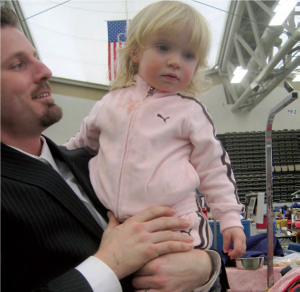


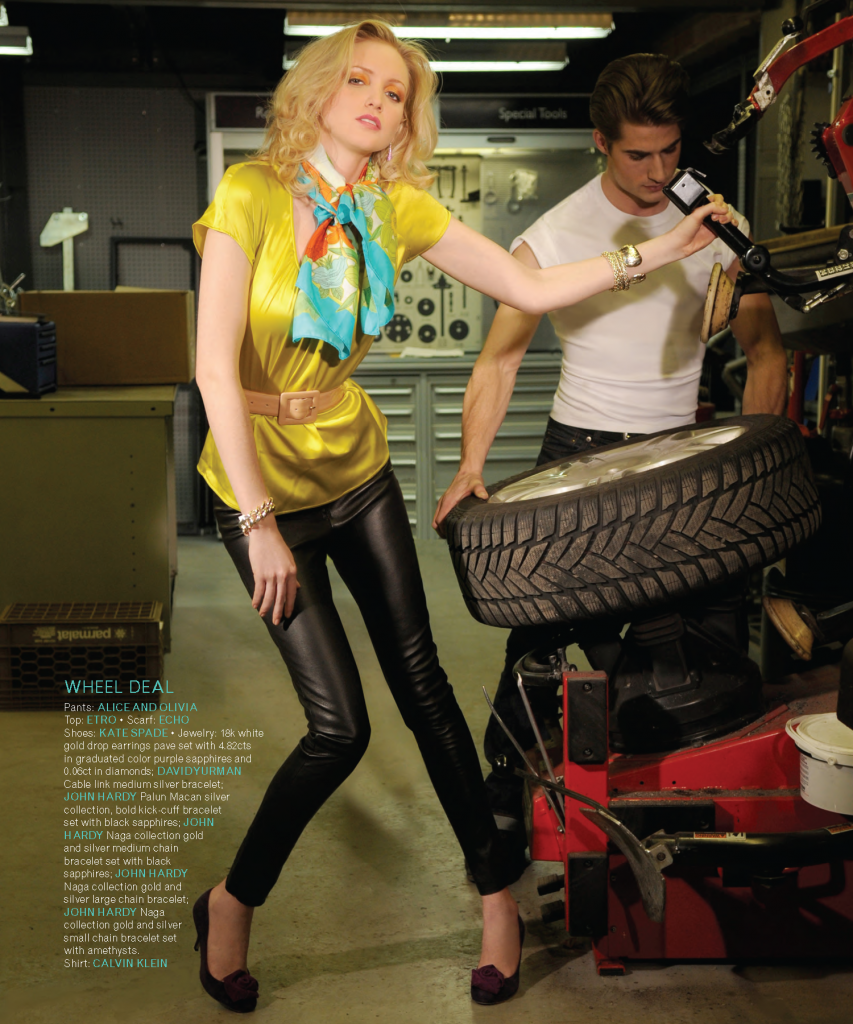

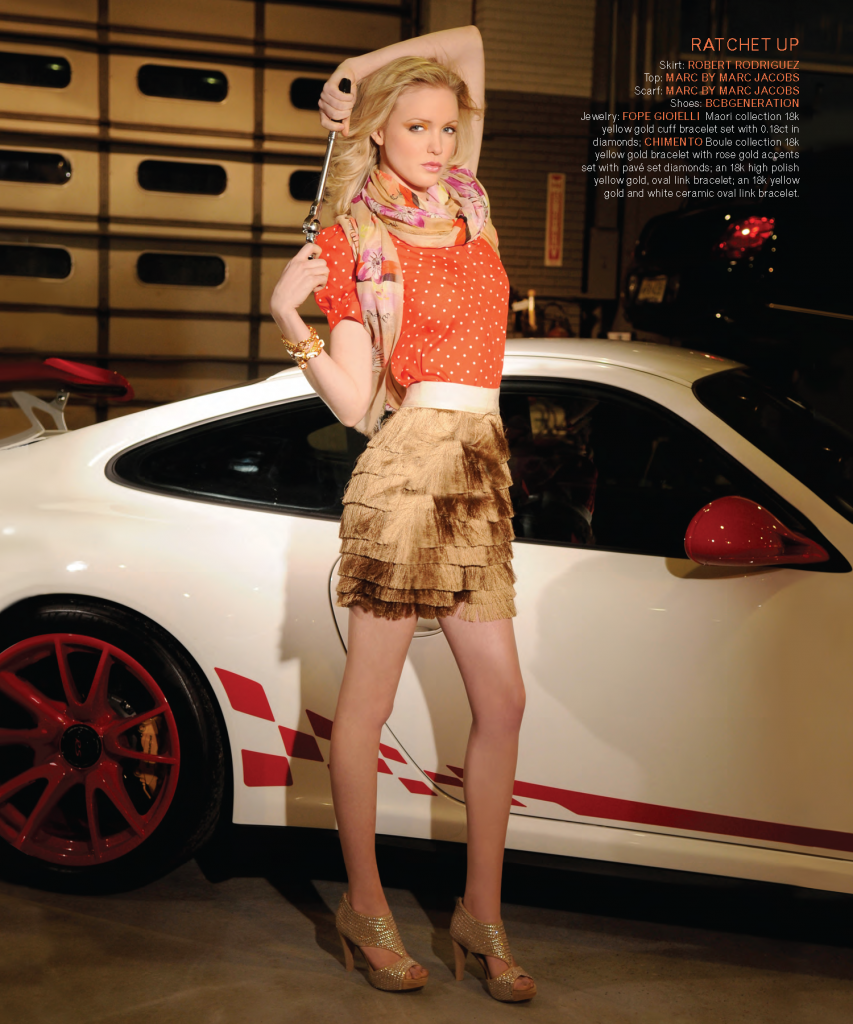
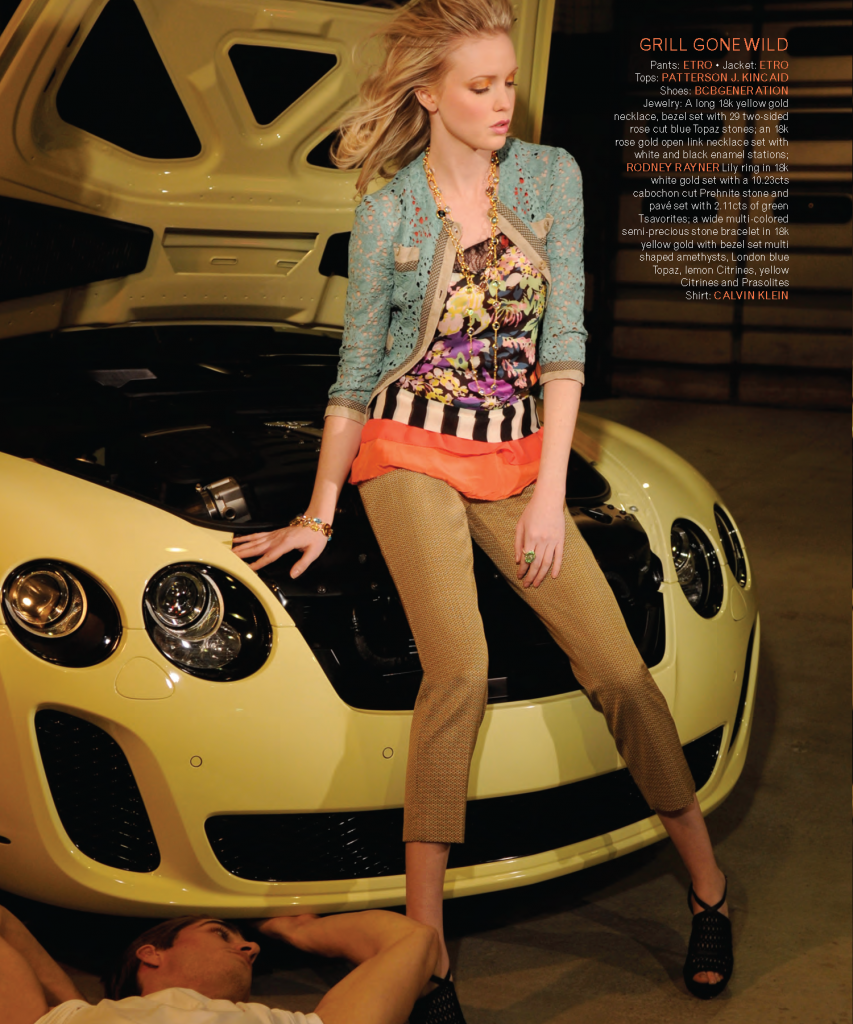
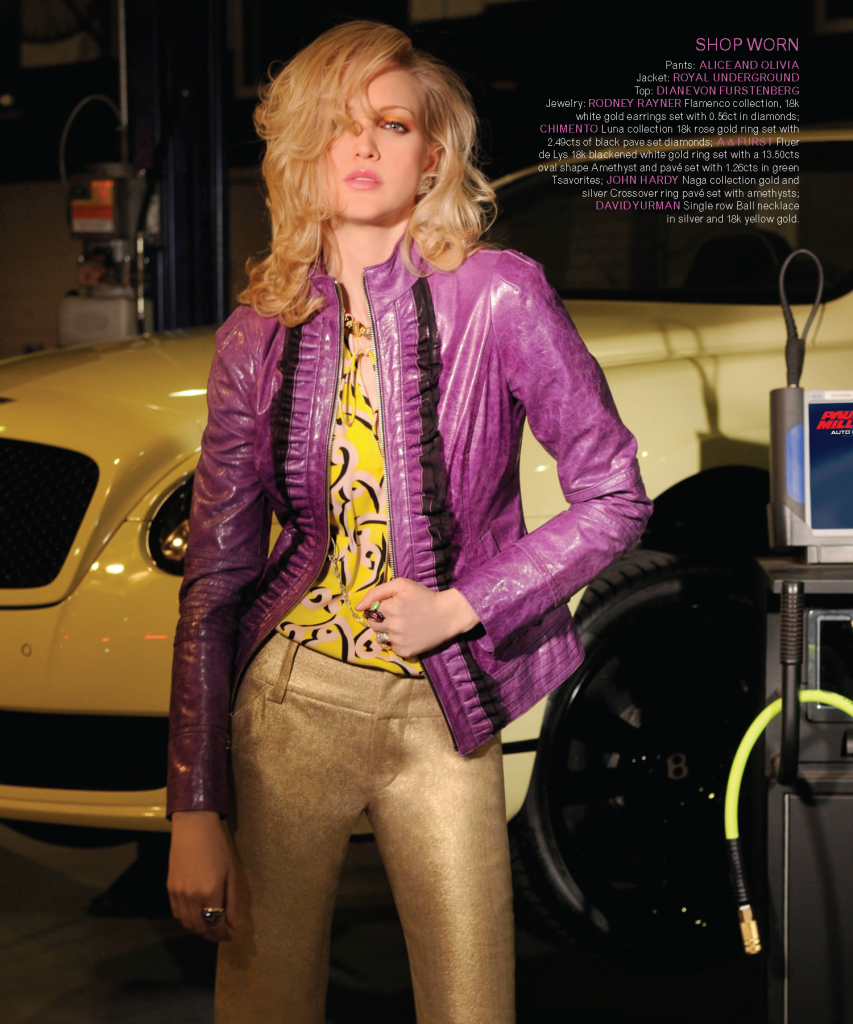

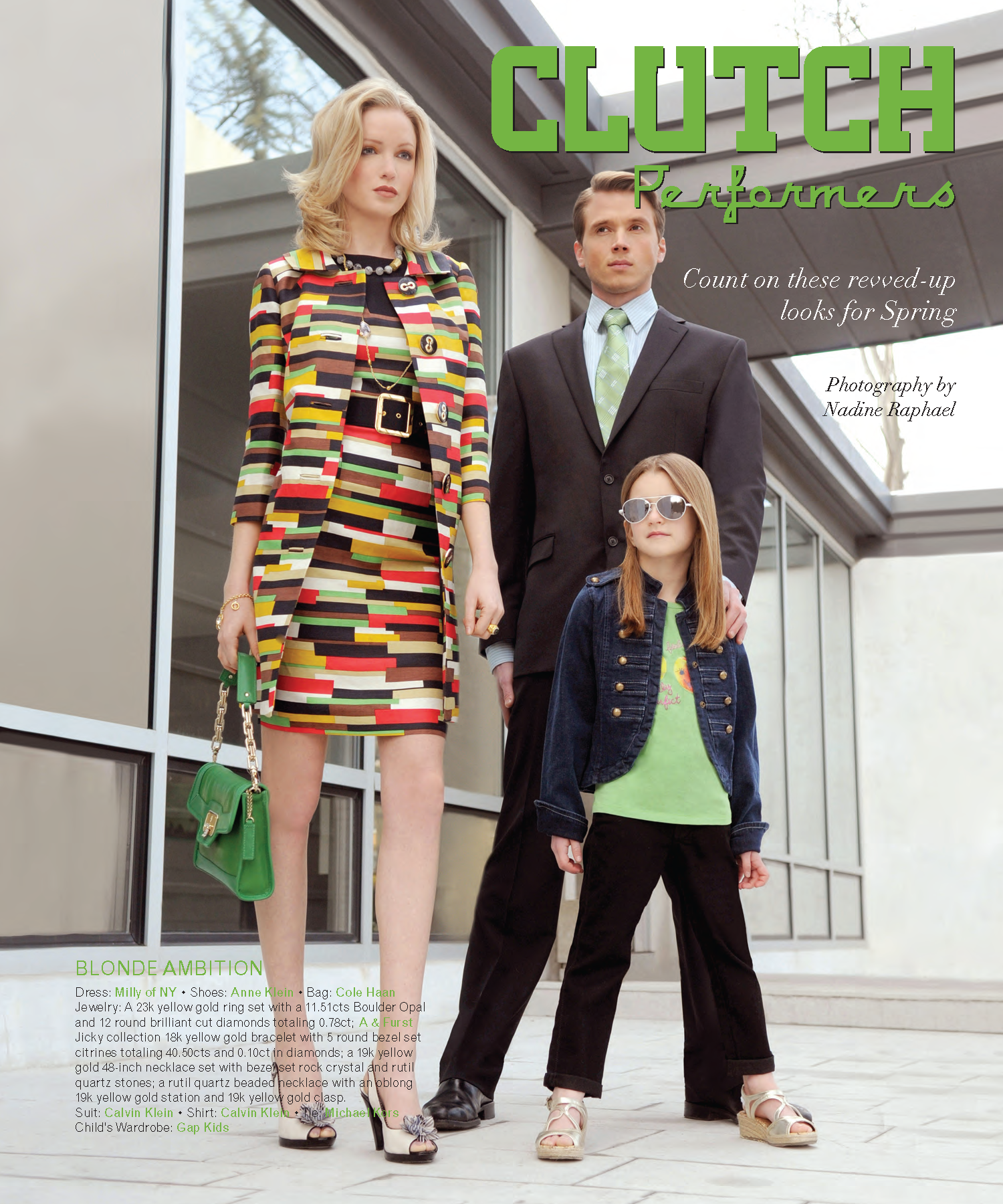
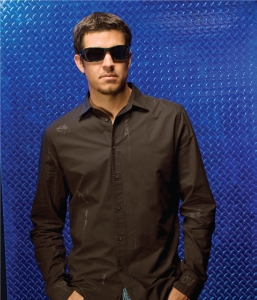 yourself. But let’s be honest— New Jersey is hardly a breeding ground for stock-car racing talent. Well, just don’t tell that to the folks in Ocean County. Every weekend they root for one of their own, MARTIN TRUEX JR., to take the checkered flag against the likes of living legends Jimmie Johnson, Jeff Gordon and another “junior”—Dale Earnhardt. How does a world-class racer go from the dirt tracks of South Jersey to the legendary ovals and super speedways of NASCAR? Turns out, it’s all in the family.
yourself. But let’s be honest— New Jersey is hardly a breeding ground for stock-car racing talent. Well, just don’t tell that to the folks in Ocean County. Every weekend they root for one of their own, MARTIN TRUEX JR., to take the checkered flag against the likes of living legends Jimmie Johnson, Jeff Gordon and another “junior”—Dale Earnhardt. How does a world-class racer go from the dirt tracks of South Jersey to the legendary ovals and super speedways of NASCAR? Turns out, it’s all in the family.

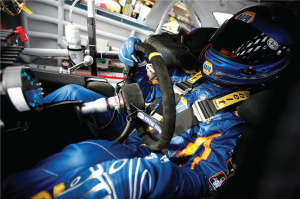 EDGE: The main sponsor of your car is NAPA. Do you have much interaction with them?
EDGE: The main sponsor of your car is NAPA. Do you have much interaction with them?

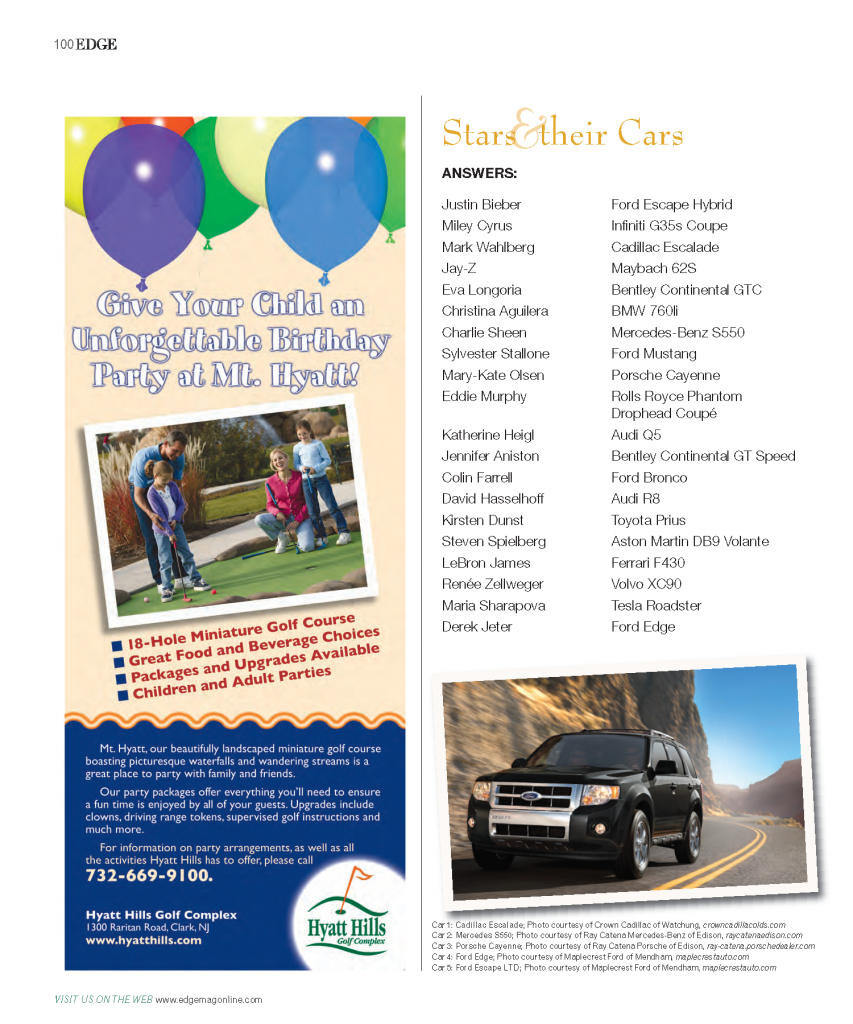
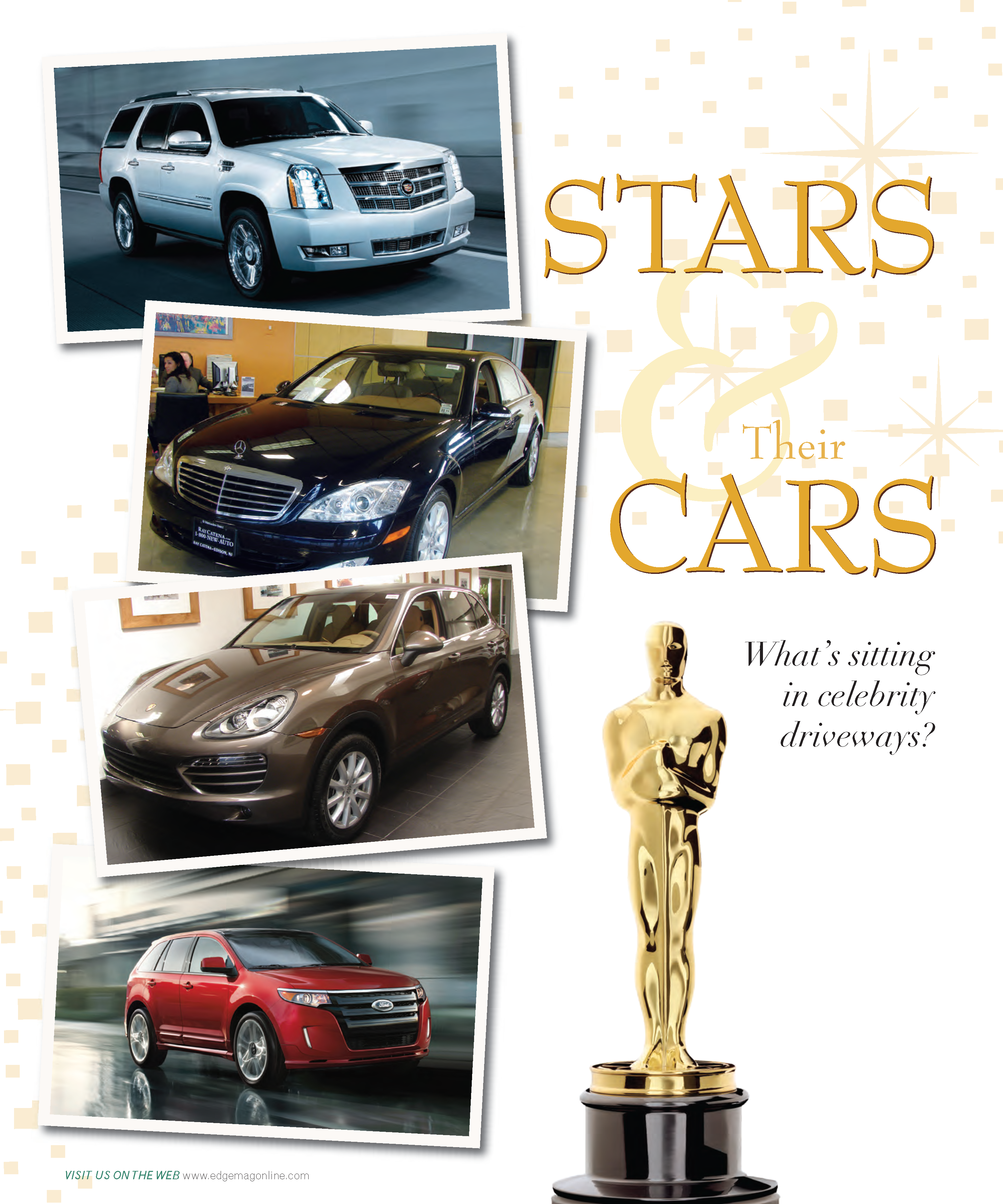
 our child into a name-brand college. In doing so, however, we are committing a heresy of emphasis; we have become so obsessed with the outcome that we have overlooked the whole point of the process. As a Certified Educational Planner with many years in the trenches of the “admissions game” (as one colleague playfully refers to it), I have accumulated an abundance of two things: anecdotes and raw data. The data speaks for itself; in the end, numbers are numbers. But the anecdotes—the “data” lived out through the hearts, hands, and hormones of respiring teenaged beings—is why I cannot imagine doing anything else with my life. It is this passion that is incendiary with my students; it is the invisible permission slip for each of them to permit themselves to dream of a life and future that is so meaningful, so gratifying, so spectacularly promising, that they cannot help but begin to vision what it might be. Which is why nothing makes me cringe like hearing a parent say, “WE want to apply to…” My philosophy is this: Focus on the student’s process of growth and self-discovery in the college application process, and the ideal college match will be the beautiful consequence. Your child’s “reach” school may not even be on your radar when you begin. Thus your first and most important effort should be to identify the best possible destination—not just for those four wonderful years, but for the rest of his or her life. I may be uttering heresy to those Type A’s among us (myself included) who cleave to the Machiavellian means-to-an-end mentality of Why do anything if it doesn’t get you to the next level in life? But the experts back me up. Steve Antonoff, of Antonoff and Associates in Denver, Colorado, says this about people in my profession: “The treasure the consultant has is not the list, the treasure lies in figuring out who a young person is and helping them discover what colleges will be the best fit for them.” What Antonoff is gesturing at is that a great consultant—or a great guidance counselor, or a wise mentor—will do whatever it takes to: 1) cut through the teen peer-pressure culture that oppressively enforces conformity, 2) focus on students for who they are, and 3) mirror back to them the unique gifts with which they have been blessed. In my own practice, I encourage each young person not to put his or her light under a basket, but to hold it aloft so as to illuminate the room, the school, the community and, I daresay, the globe. Only then does a true picture begin to emerge of the “best possible college.” Only then can a young person start building an application strategy to get into that school. In that spirit, consider the experiences and outcomes of the following four students…
our child into a name-brand college. In doing so, however, we are committing a heresy of emphasis; we have become so obsessed with the outcome that we have overlooked the whole point of the process. As a Certified Educational Planner with many years in the trenches of the “admissions game” (as one colleague playfully refers to it), I have accumulated an abundance of two things: anecdotes and raw data. The data speaks for itself; in the end, numbers are numbers. But the anecdotes—the “data” lived out through the hearts, hands, and hormones of respiring teenaged beings—is why I cannot imagine doing anything else with my life. It is this passion that is incendiary with my students; it is the invisible permission slip for each of them to permit themselves to dream of a life and future that is so meaningful, so gratifying, so spectacularly promising, that they cannot help but begin to vision what it might be. Which is why nothing makes me cringe like hearing a parent say, “WE want to apply to…” My philosophy is this: Focus on the student’s process of growth and self-discovery in the college application process, and the ideal college match will be the beautiful consequence. Your child’s “reach” school may not even be on your radar when you begin. Thus your first and most important effort should be to identify the best possible destination—not just for those four wonderful years, but for the rest of his or her life. I may be uttering heresy to those Type A’s among us (myself included) who cleave to the Machiavellian means-to-an-end mentality of Why do anything if it doesn’t get you to the next level in life? But the experts back me up. Steve Antonoff, of Antonoff and Associates in Denver, Colorado, says this about people in my profession: “The treasure the consultant has is not the list, the treasure lies in figuring out who a young person is and helping them discover what colleges will be the best fit for them.” What Antonoff is gesturing at is that a great consultant—or a great guidance counselor, or a wise mentor—will do whatever it takes to: 1) cut through the teen peer-pressure culture that oppressively enforces conformity, 2) focus on students for who they are, and 3) mirror back to them the unique gifts with which they have been blessed. In my own practice, I encourage each young person not to put his or her light under a basket, but to hold it aloft so as to illuminate the room, the school, the community and, I daresay, the globe. Only then does a true picture begin to emerge of the “best possible college.” Only then can a young person start building an application strategy to get into that school. In that spirit, consider the experiences and outcomes of the following four students…


